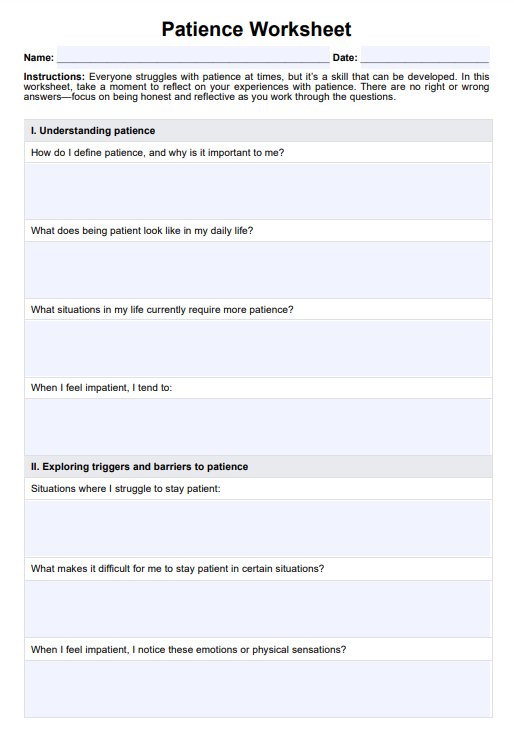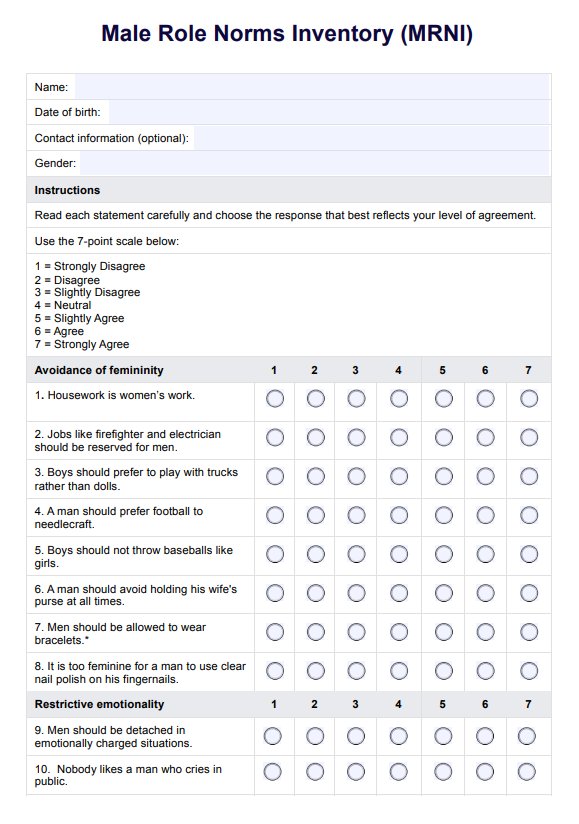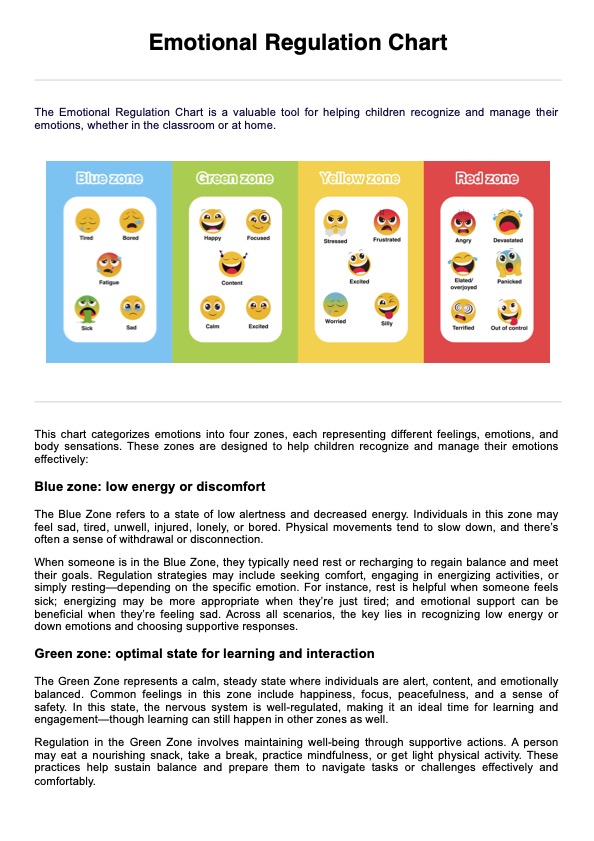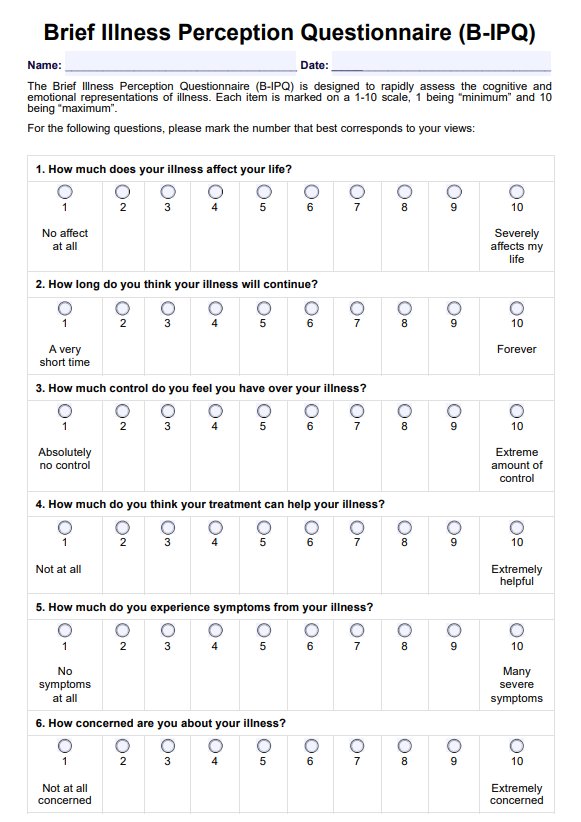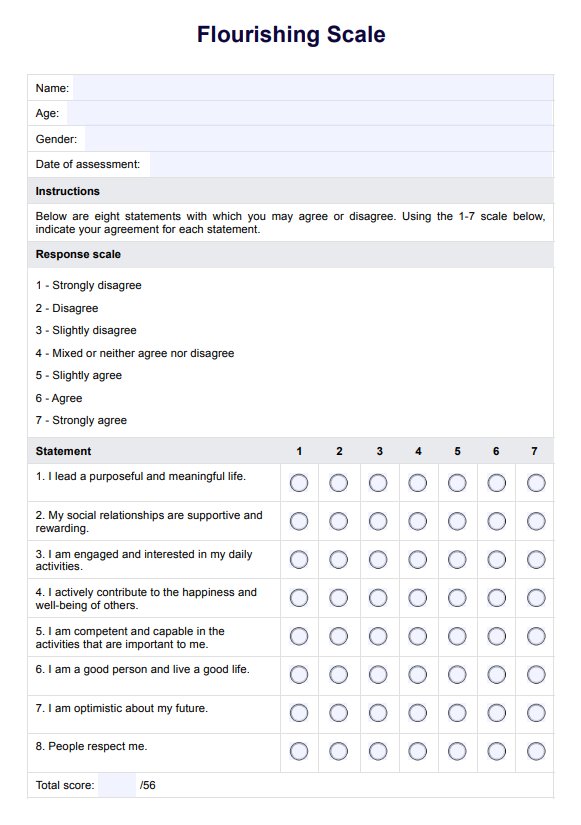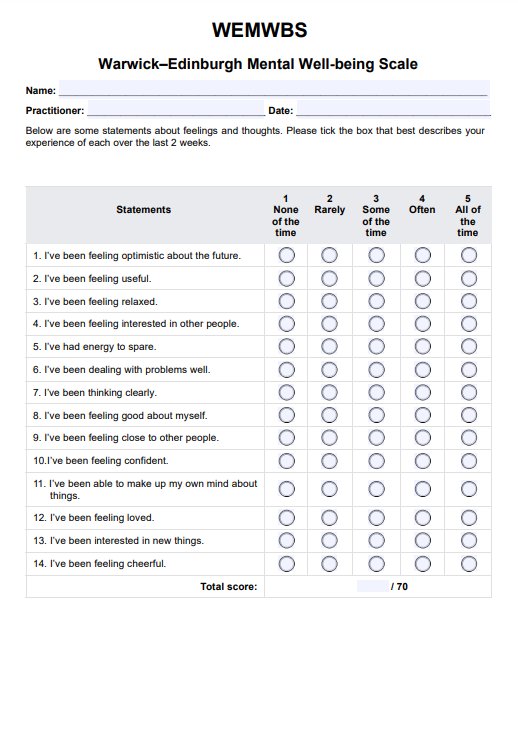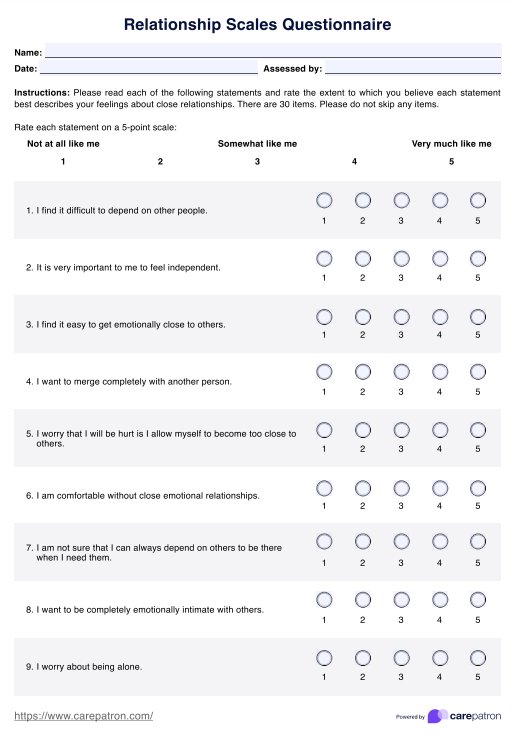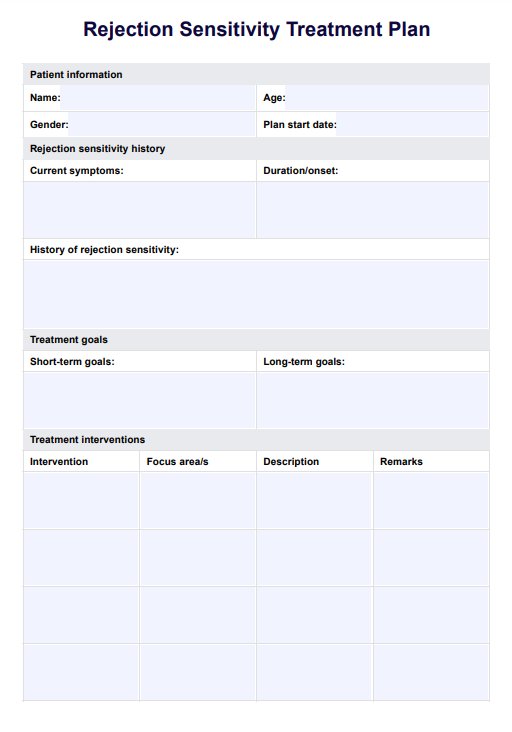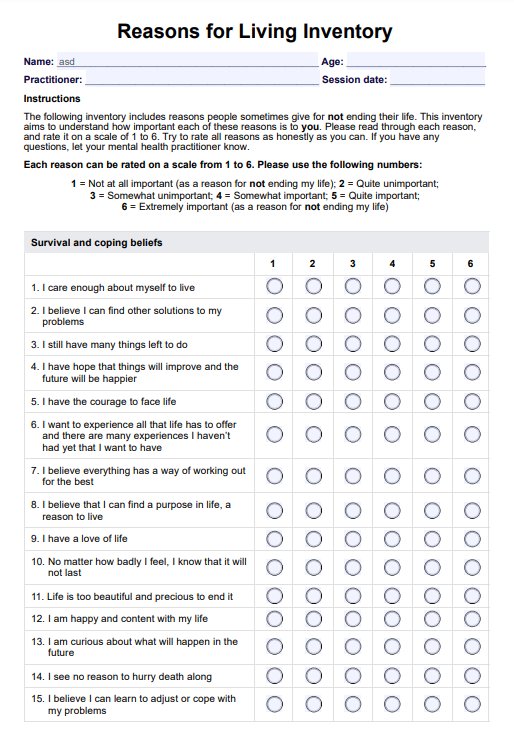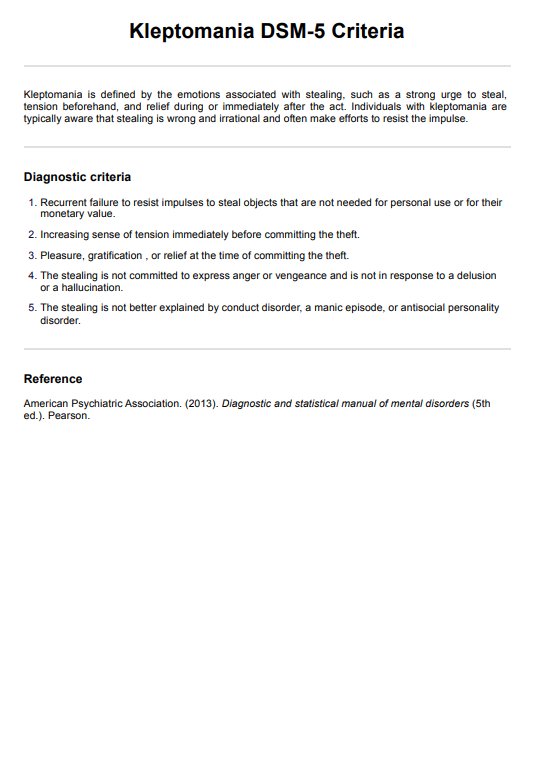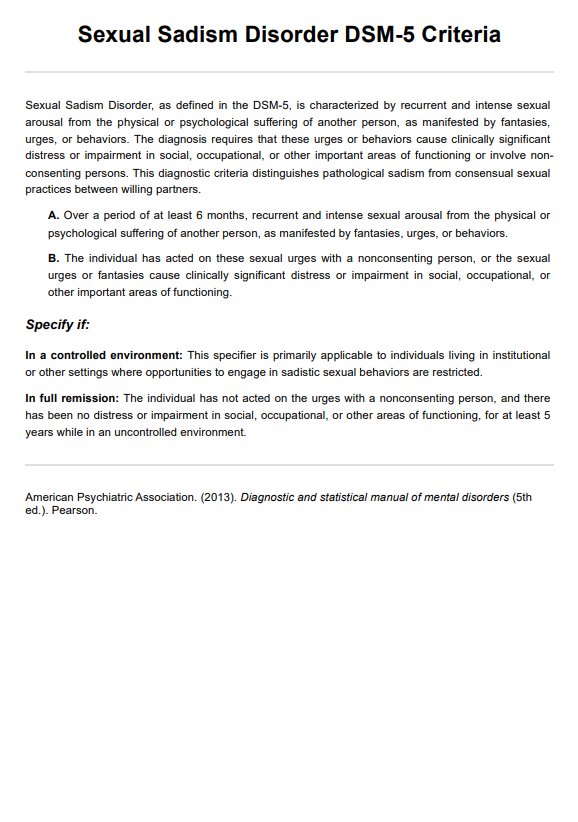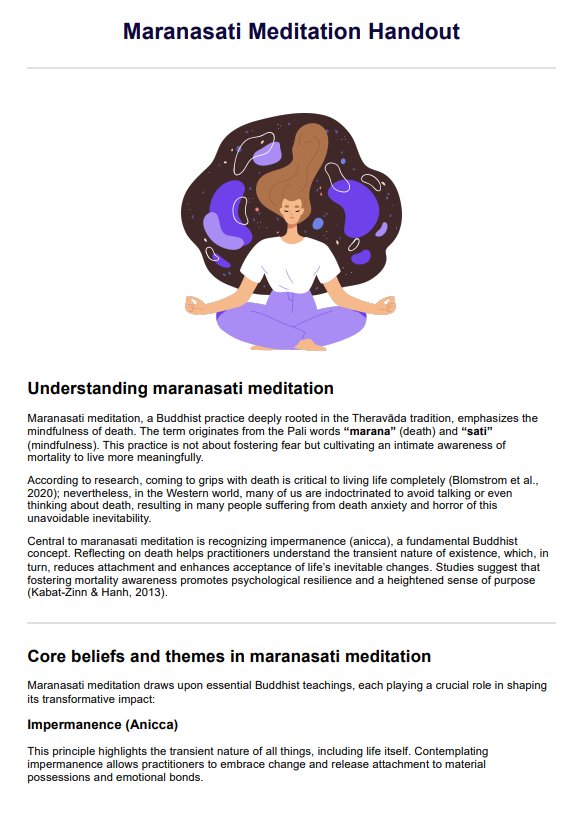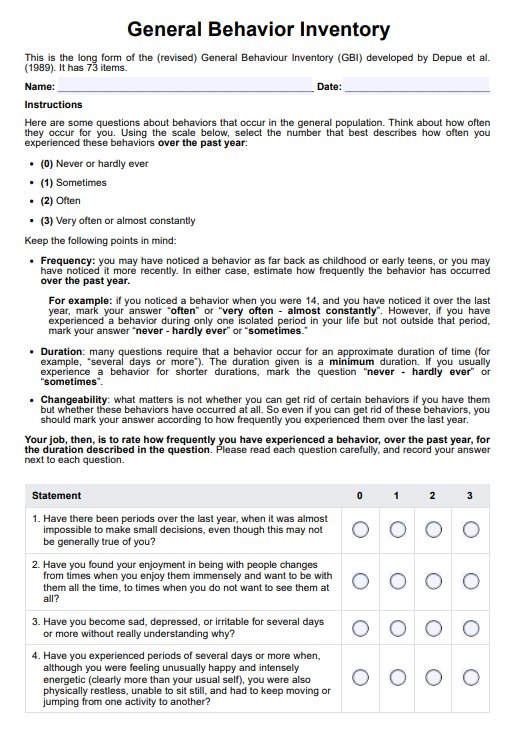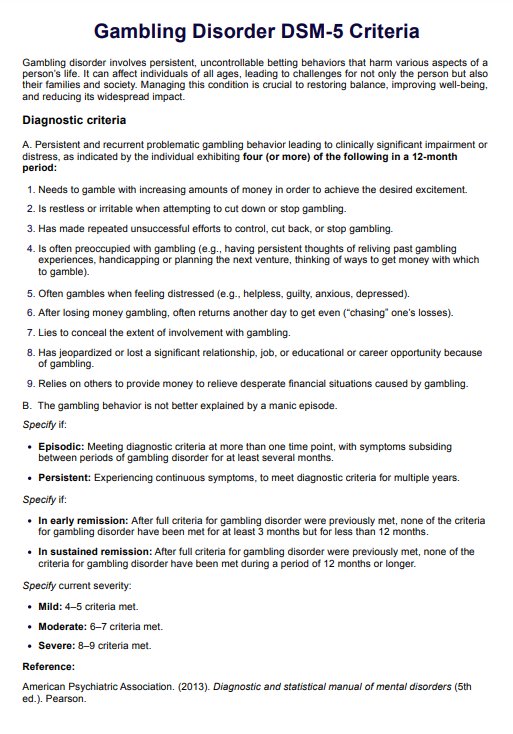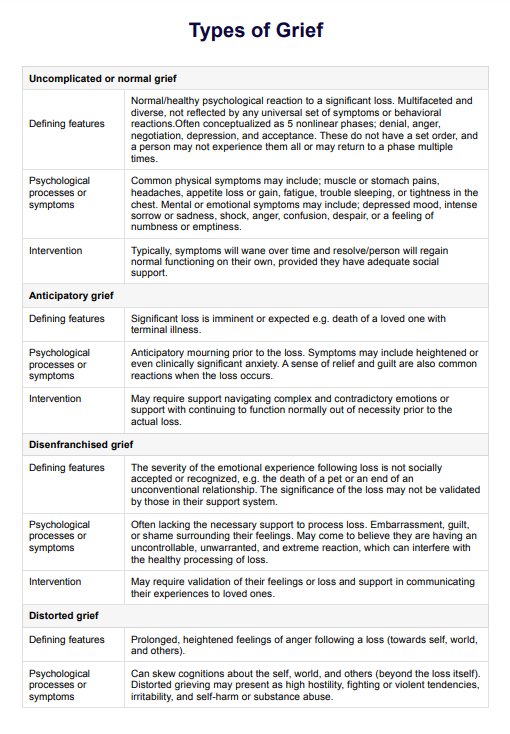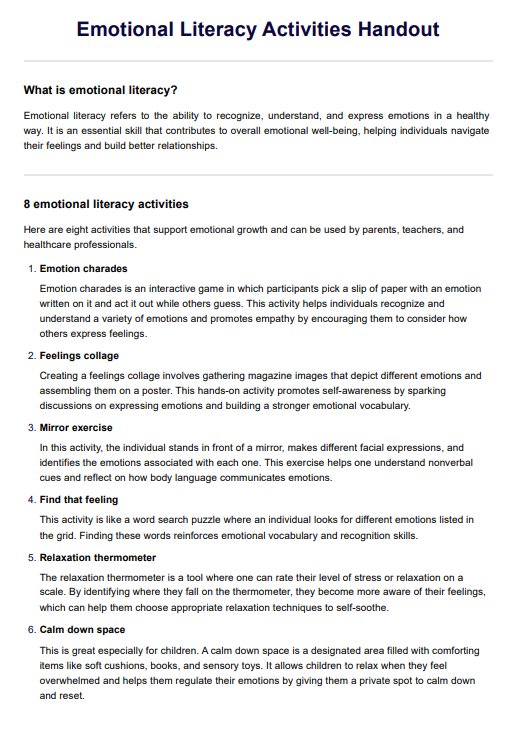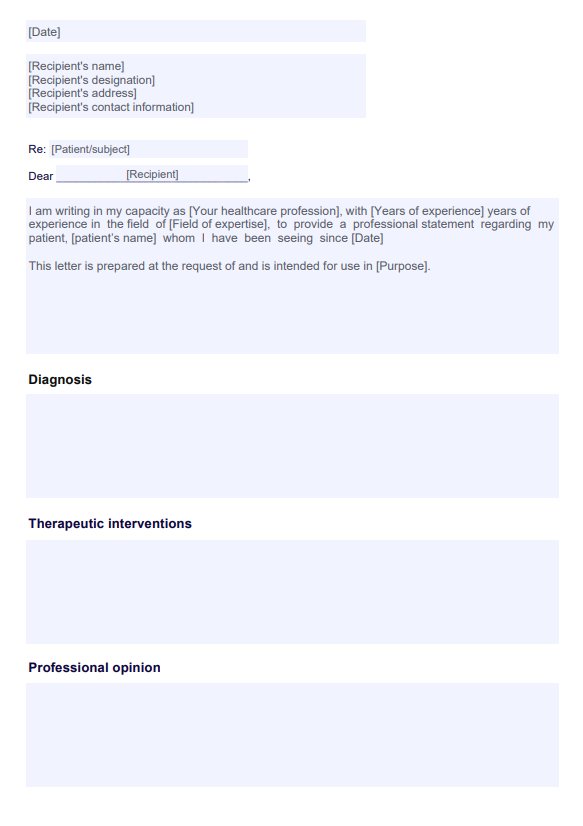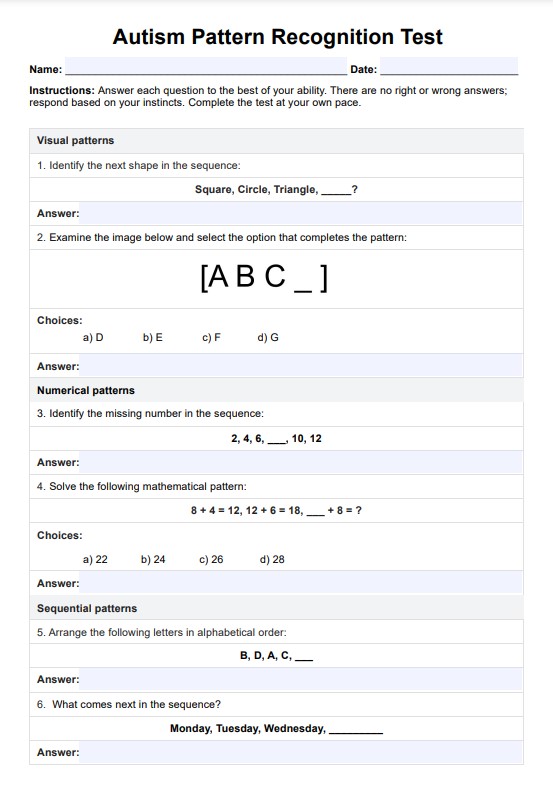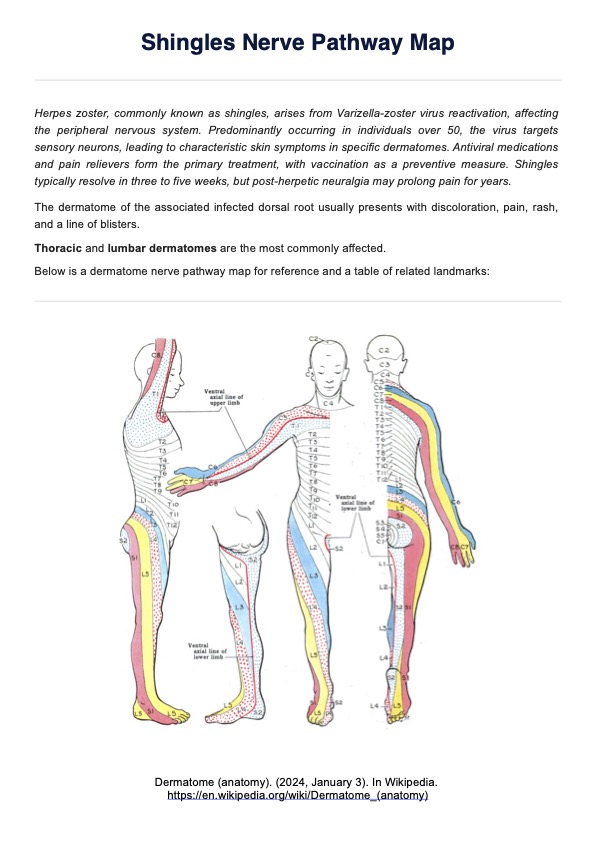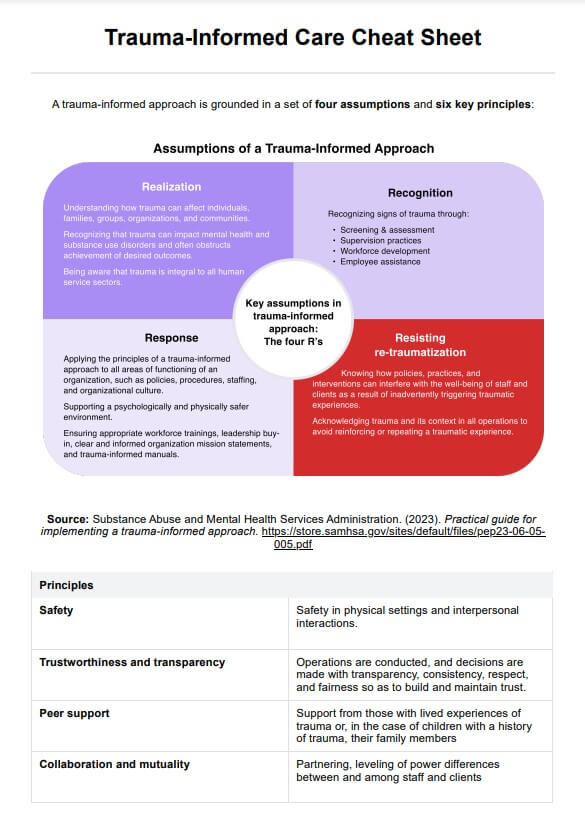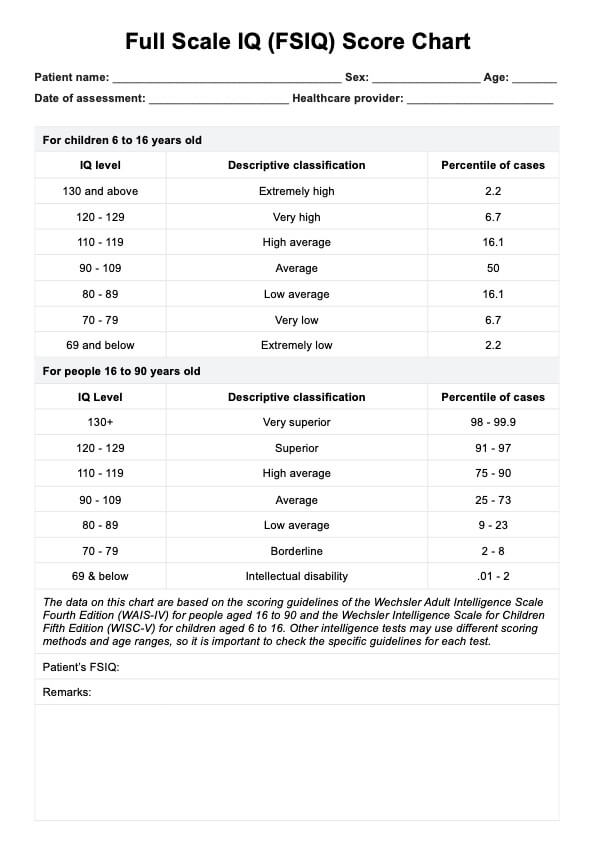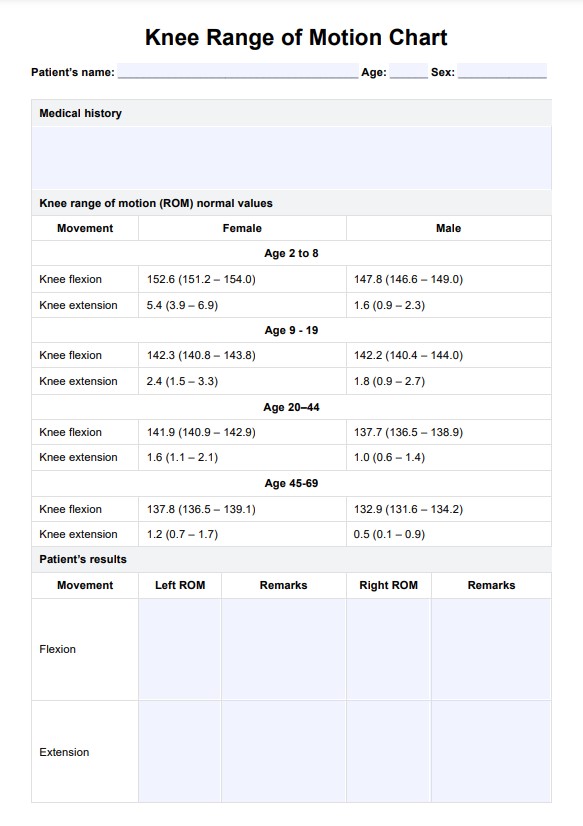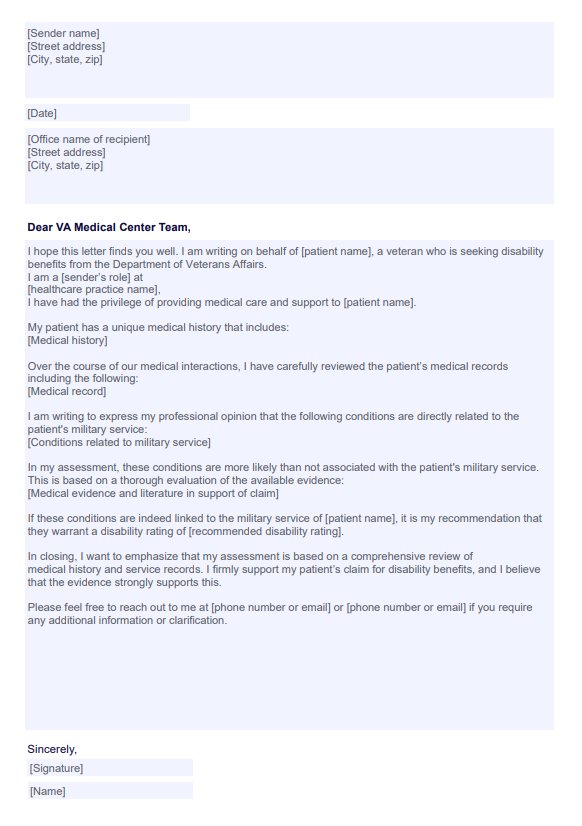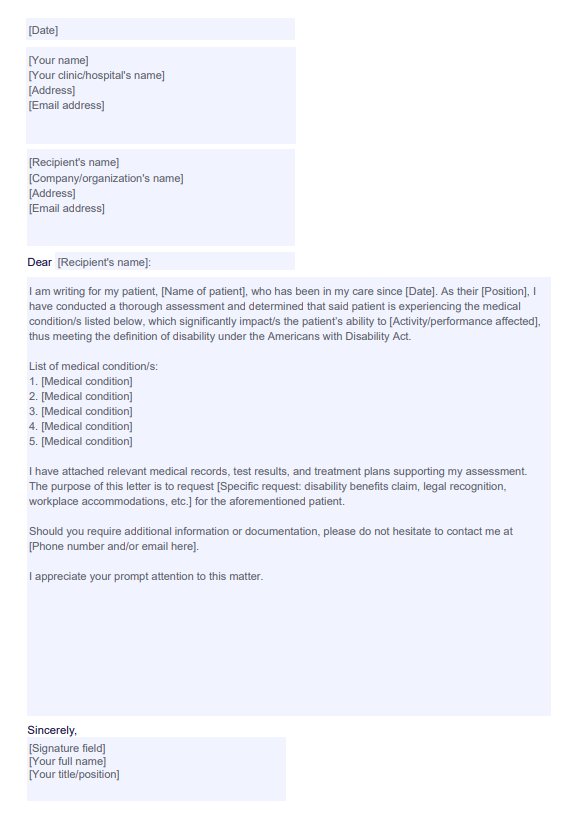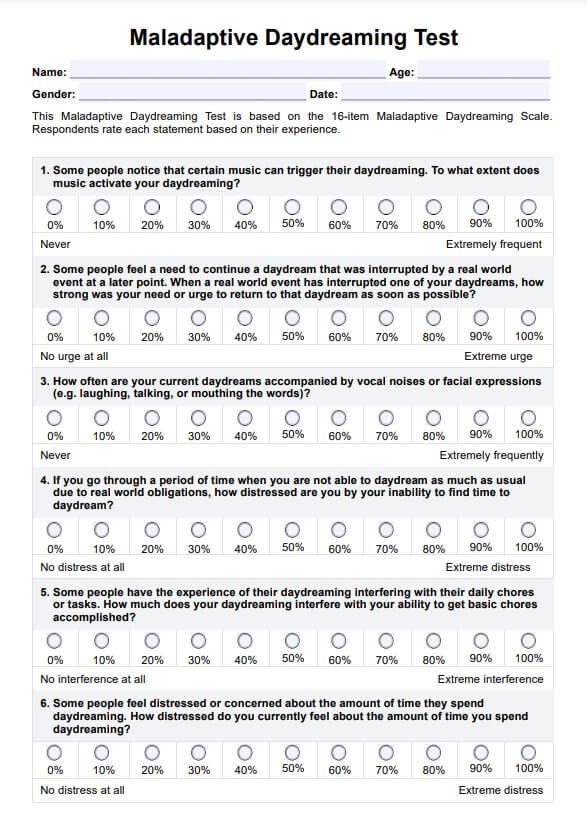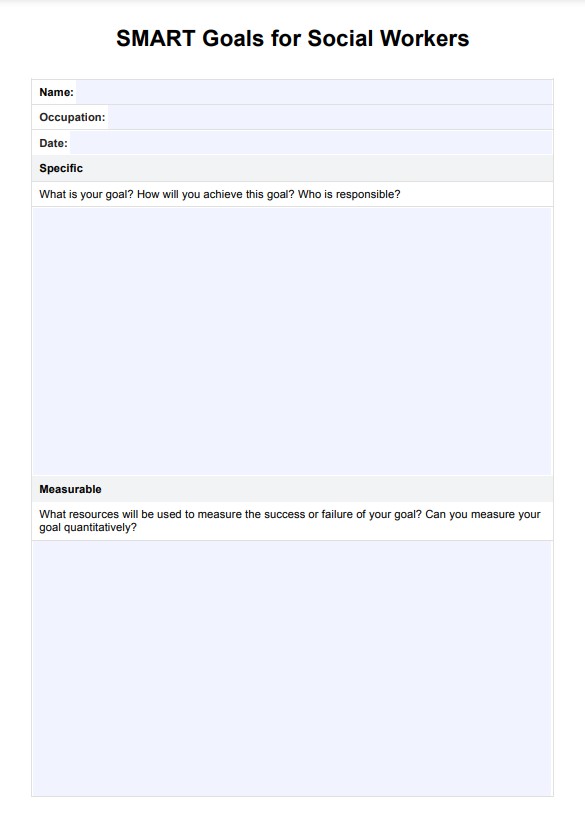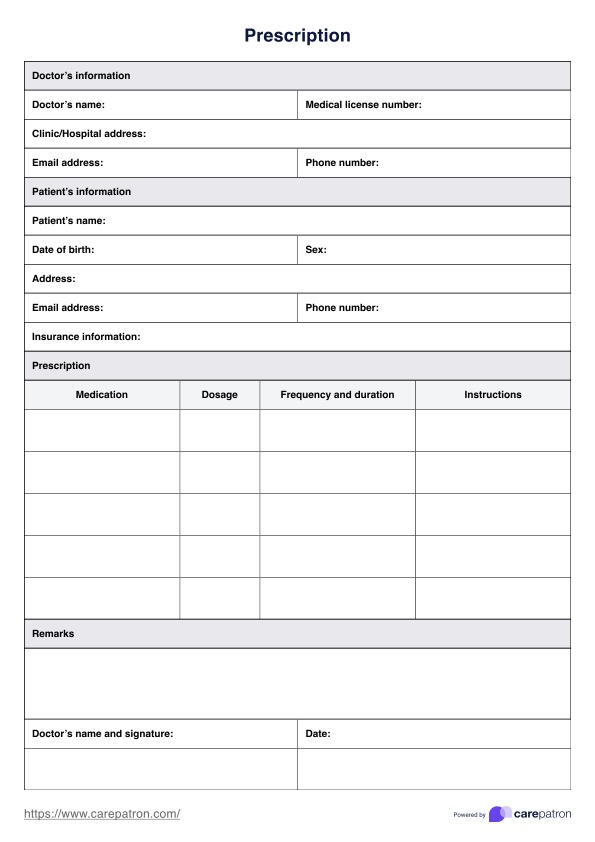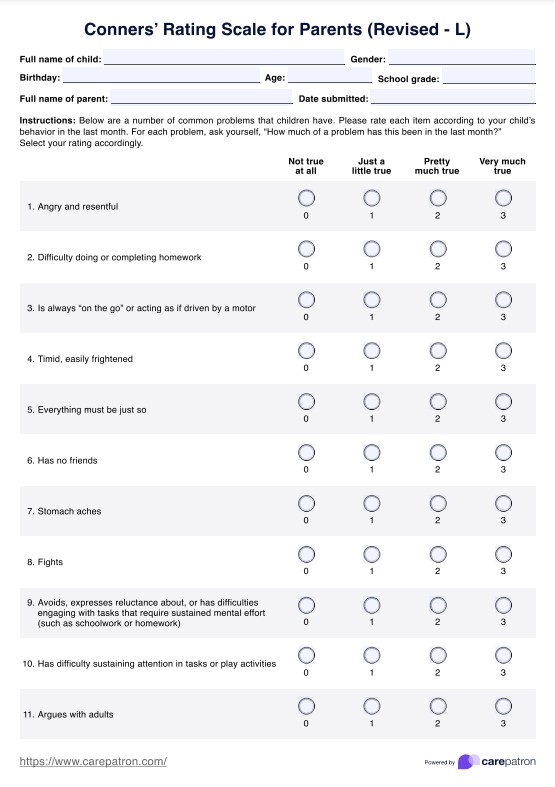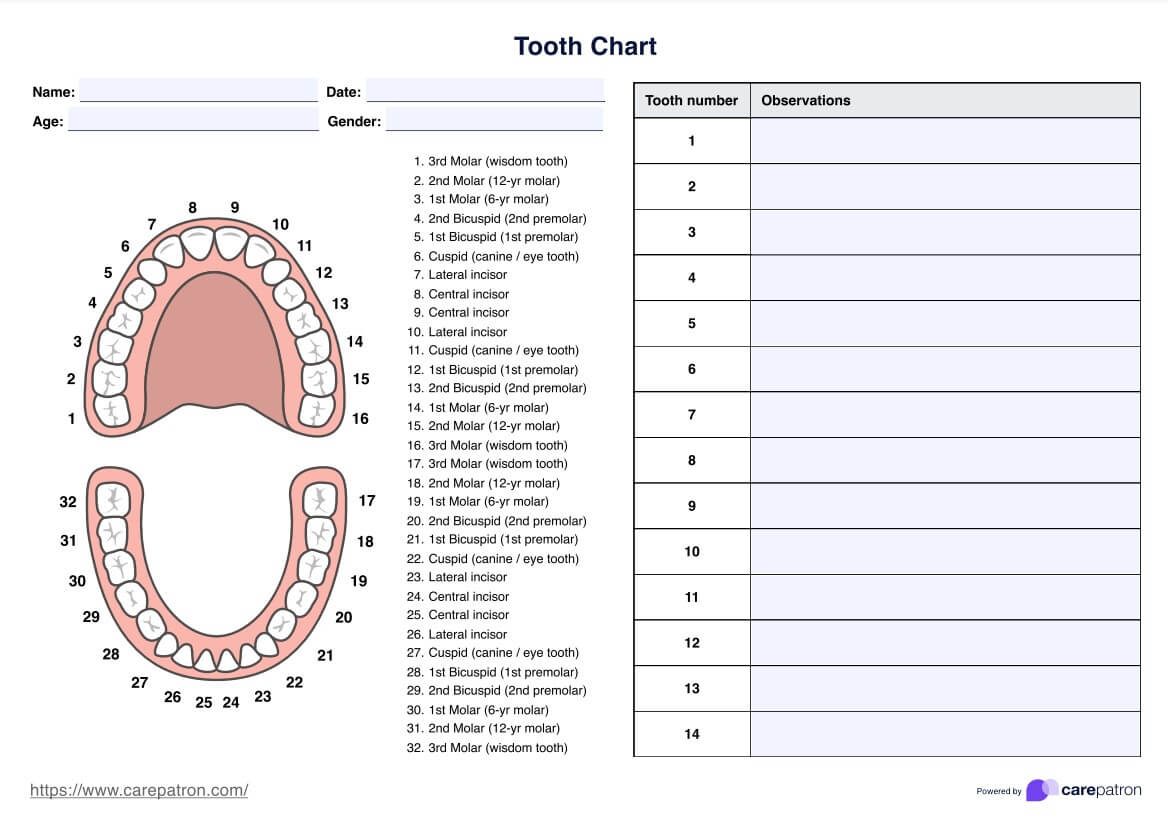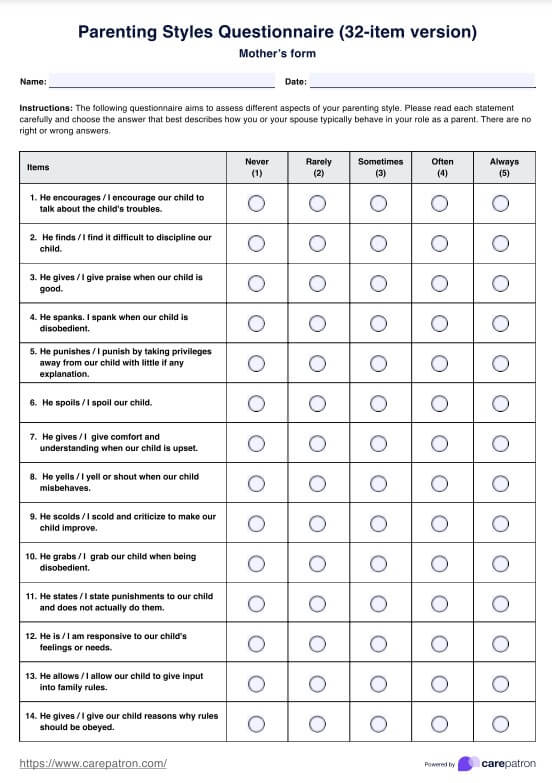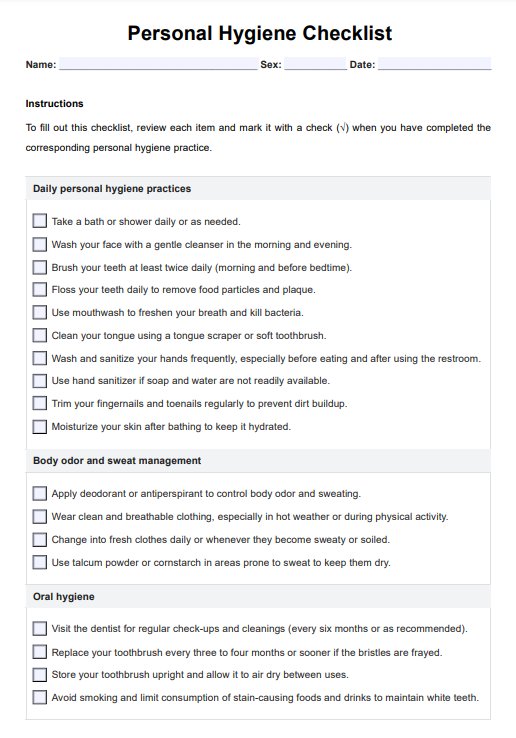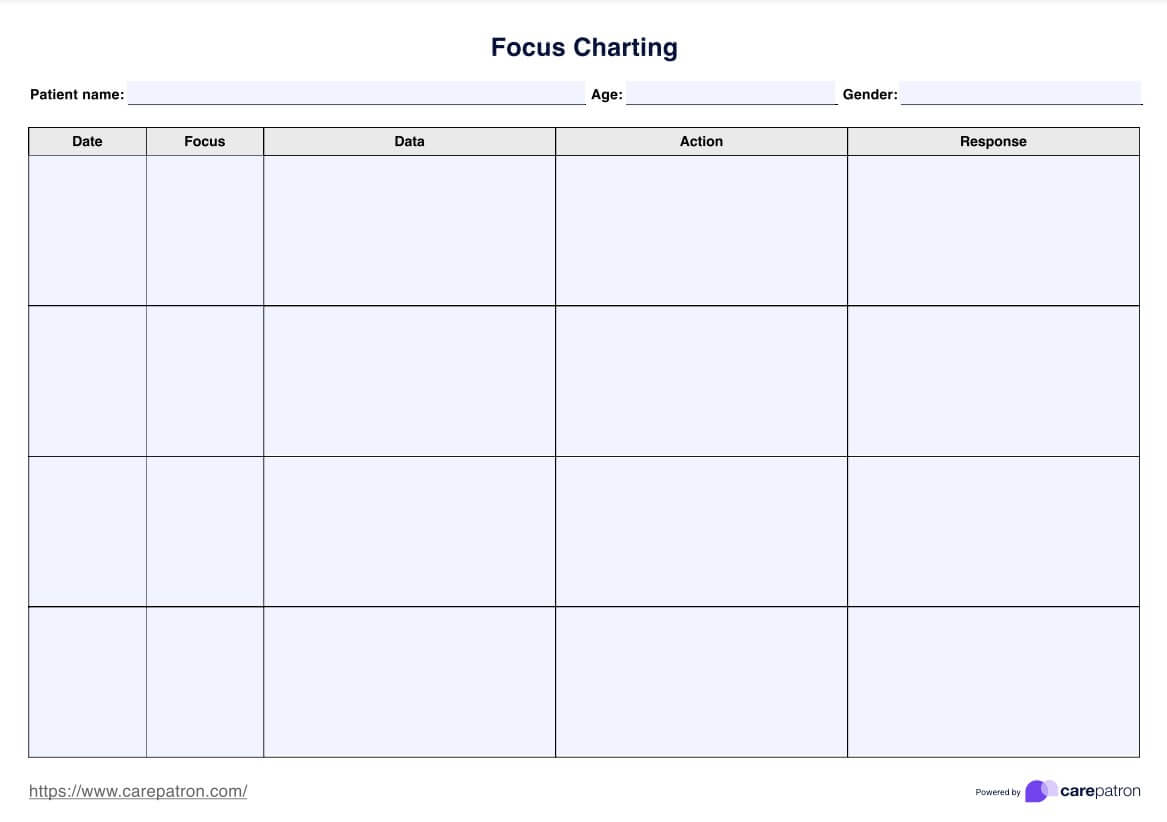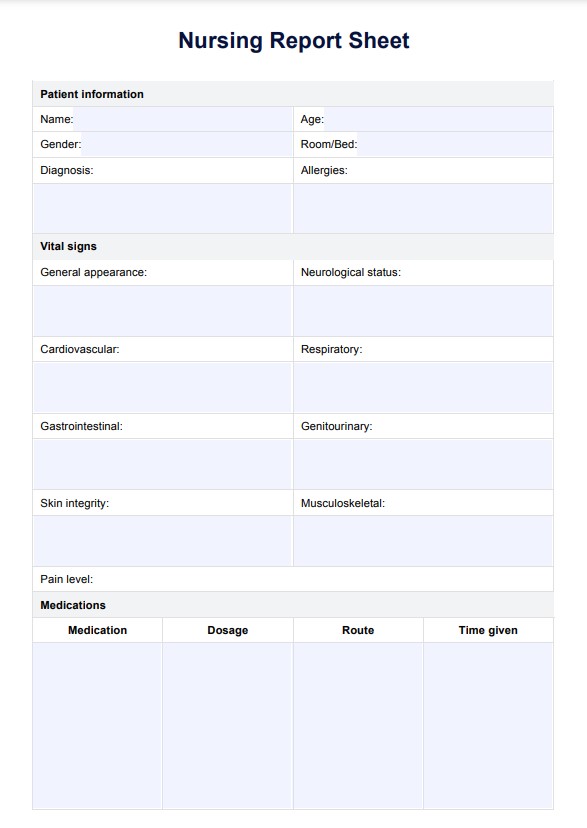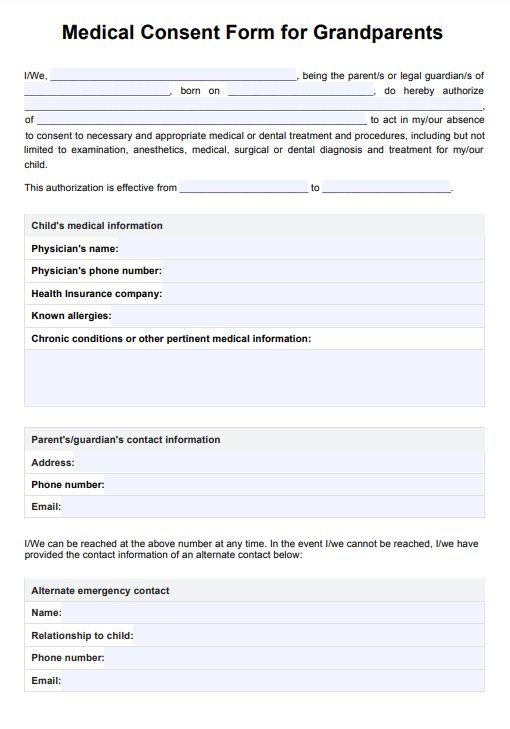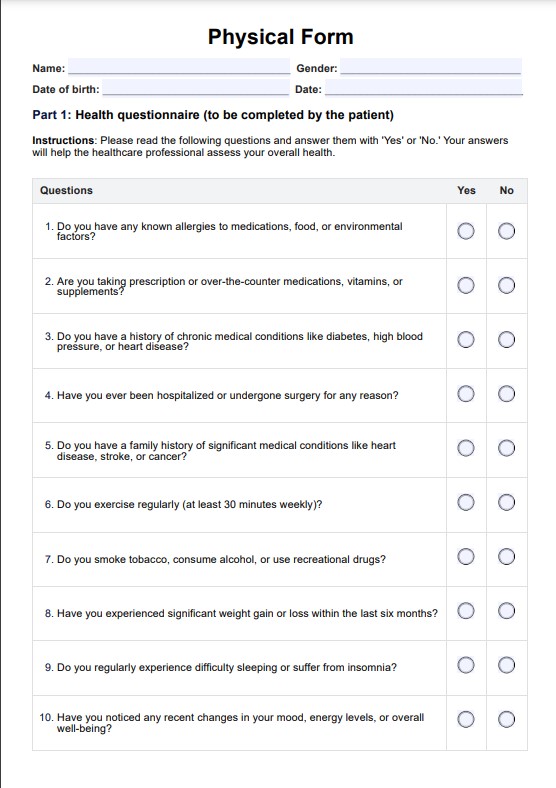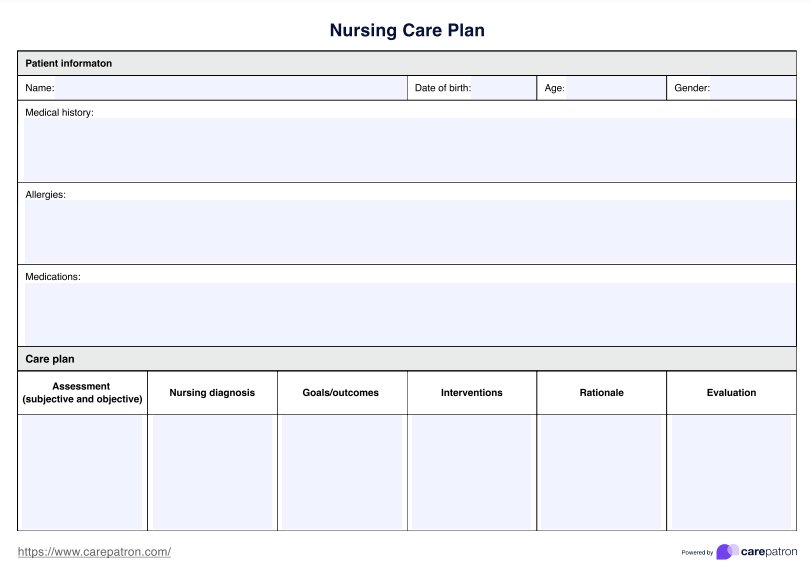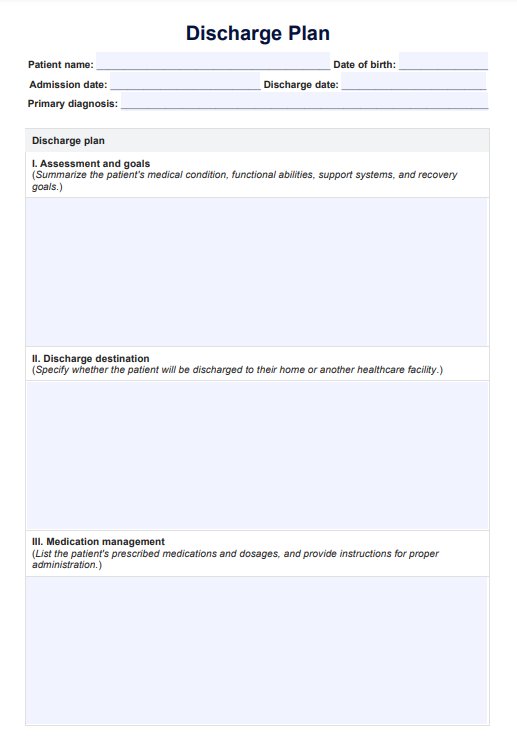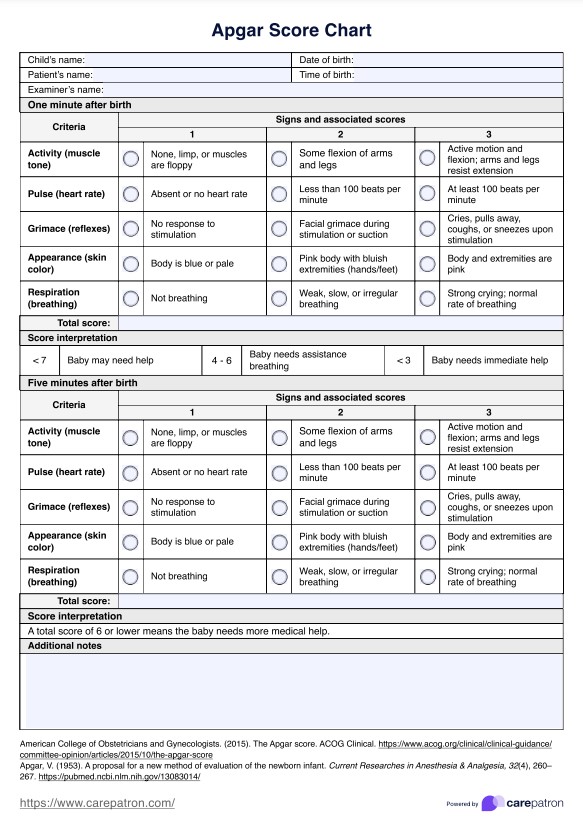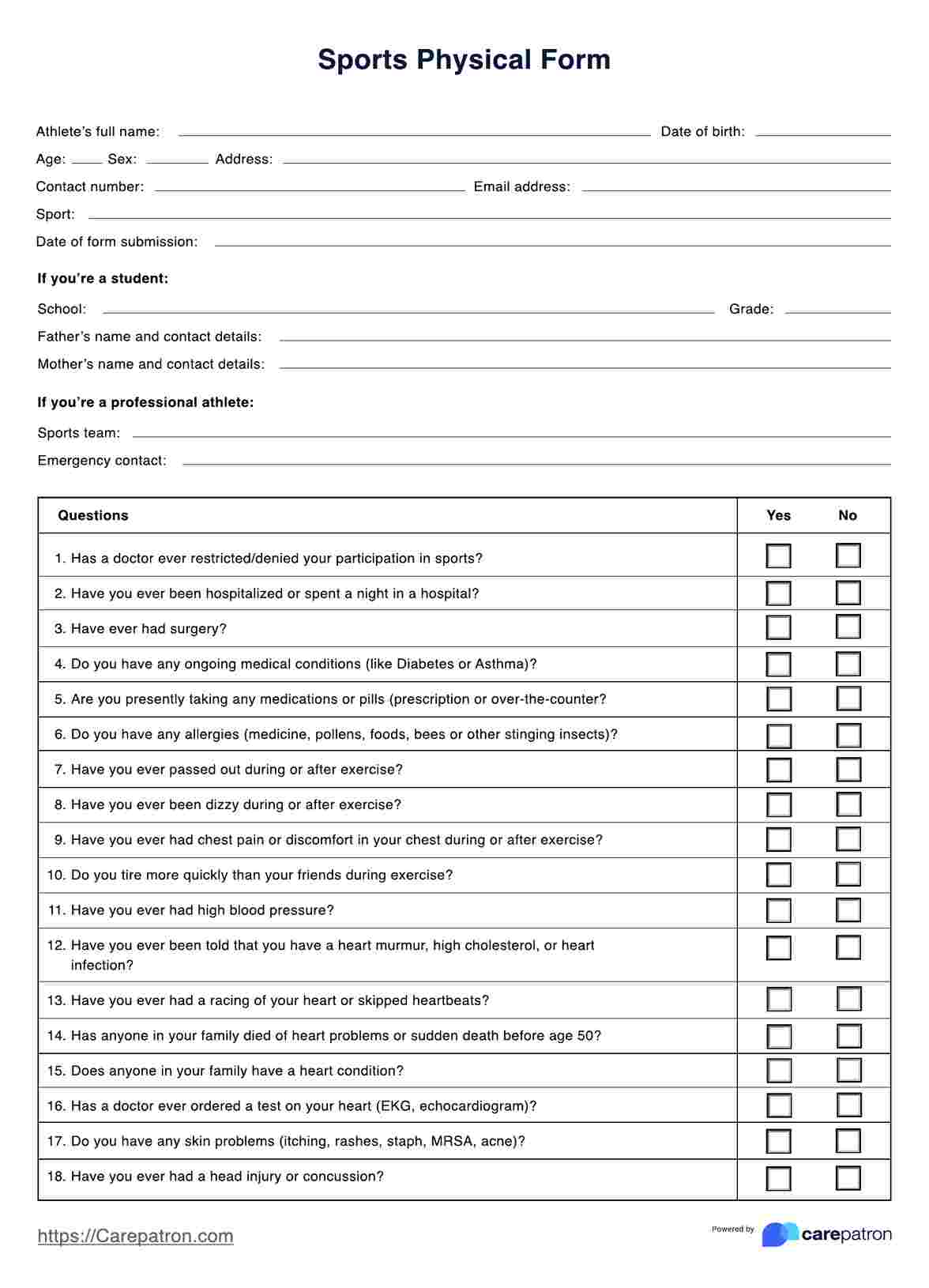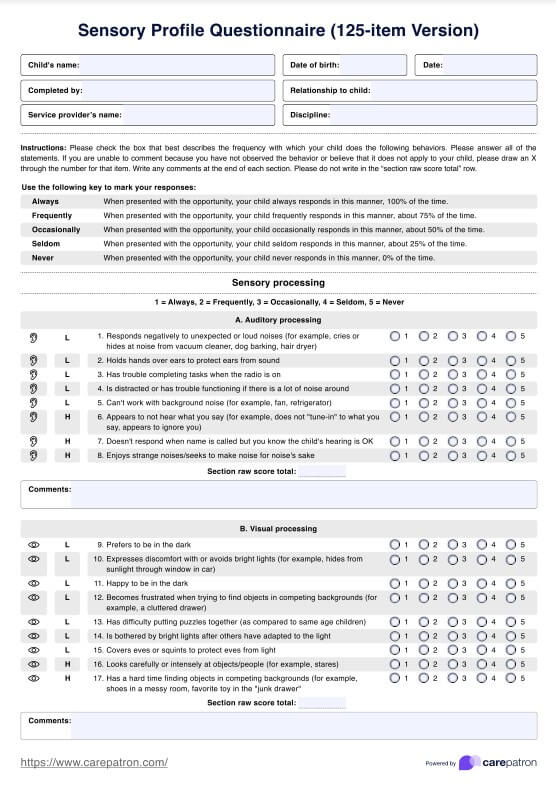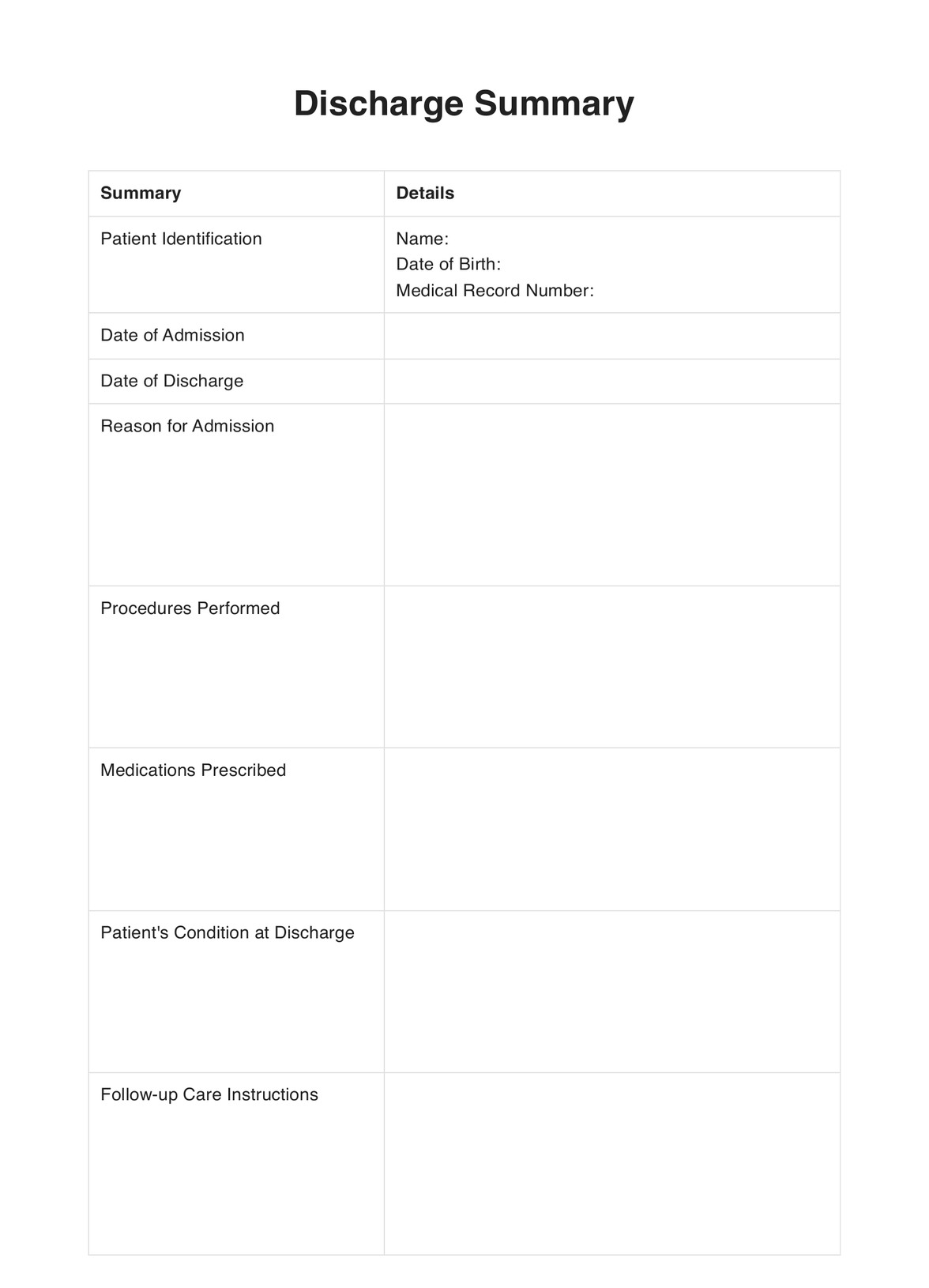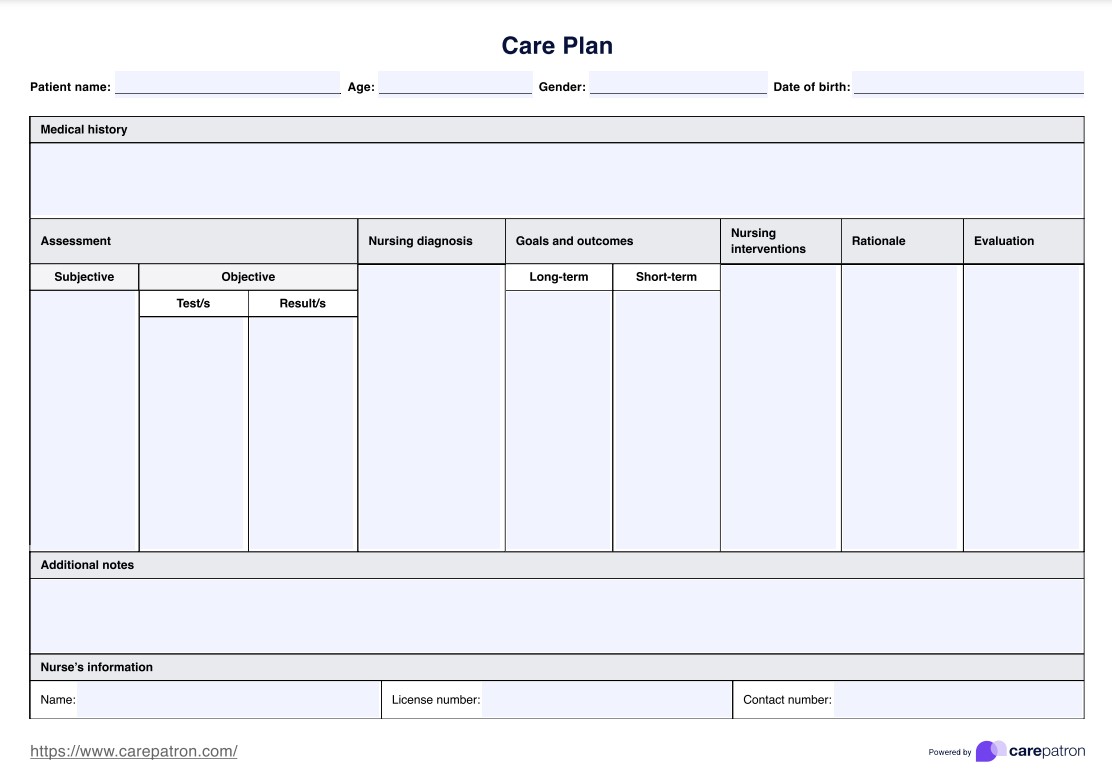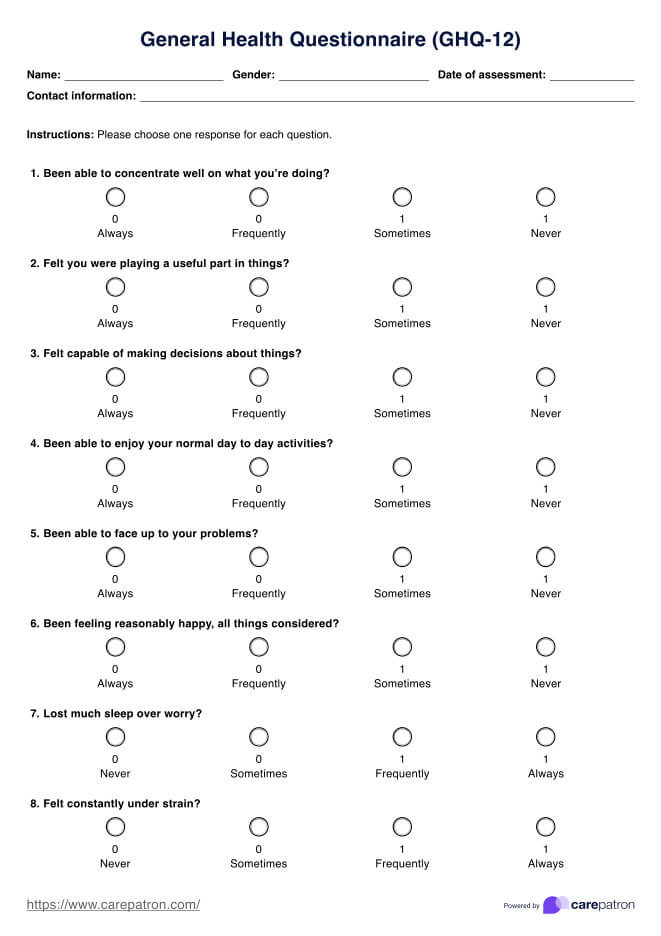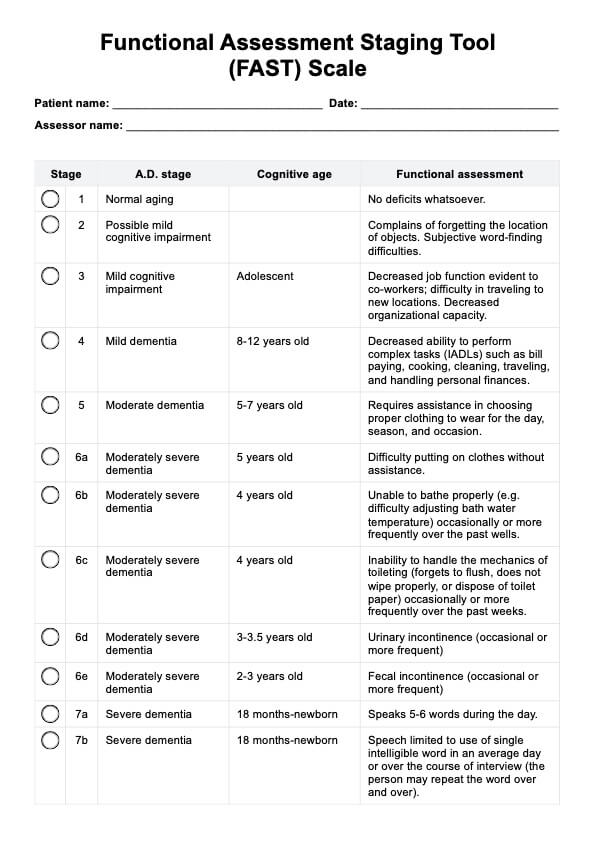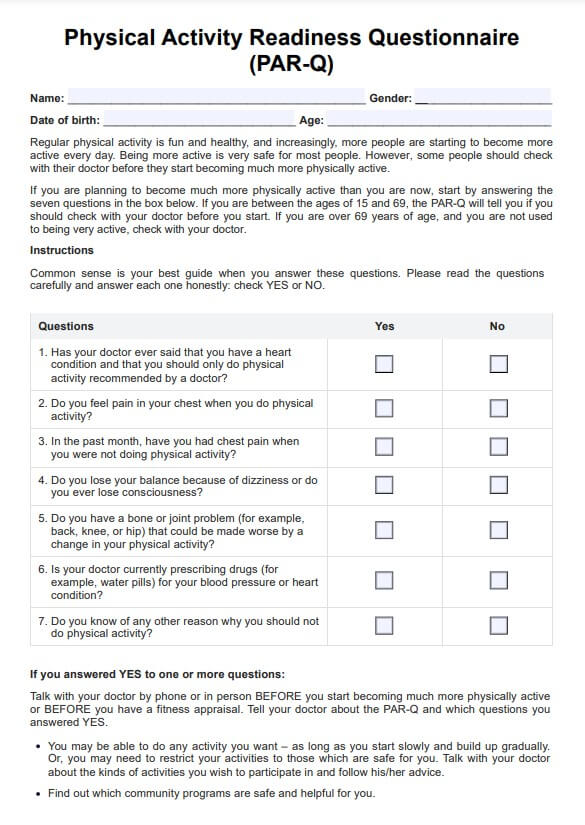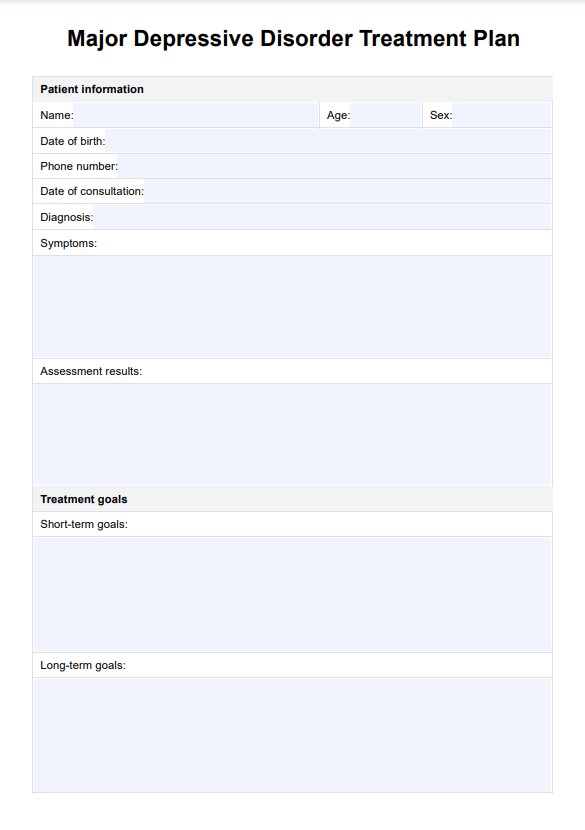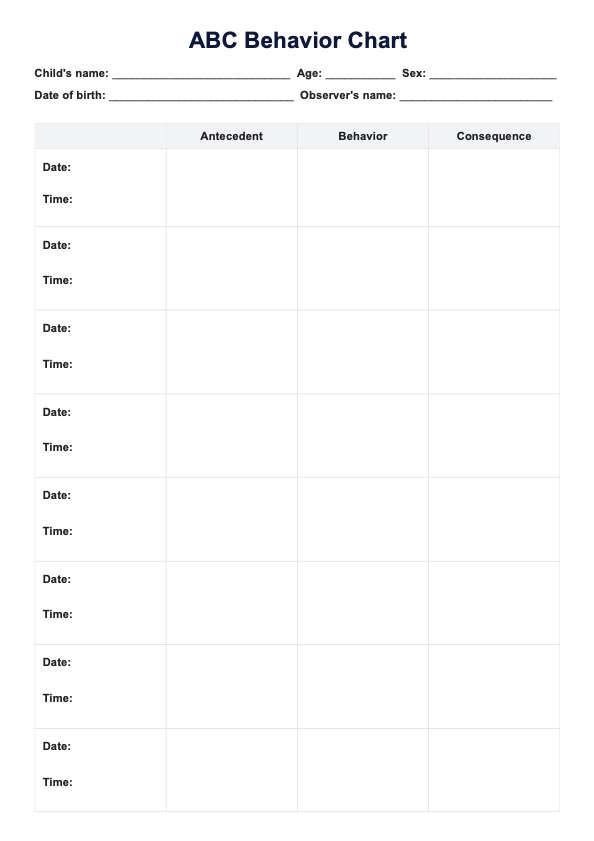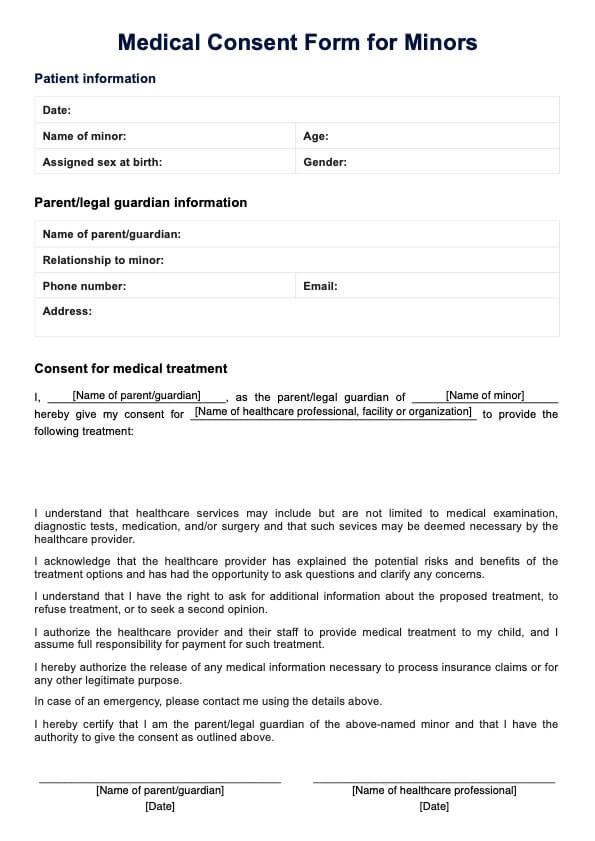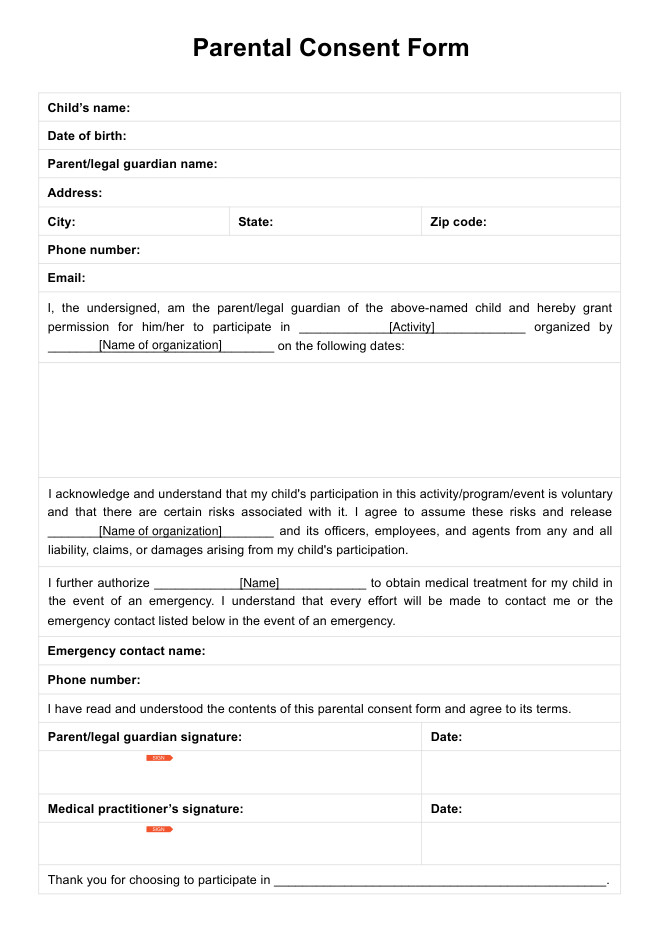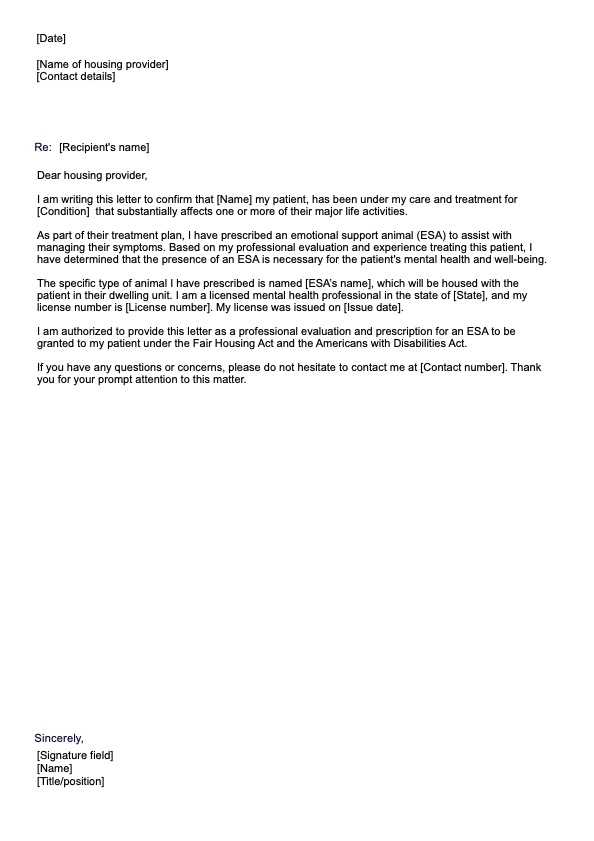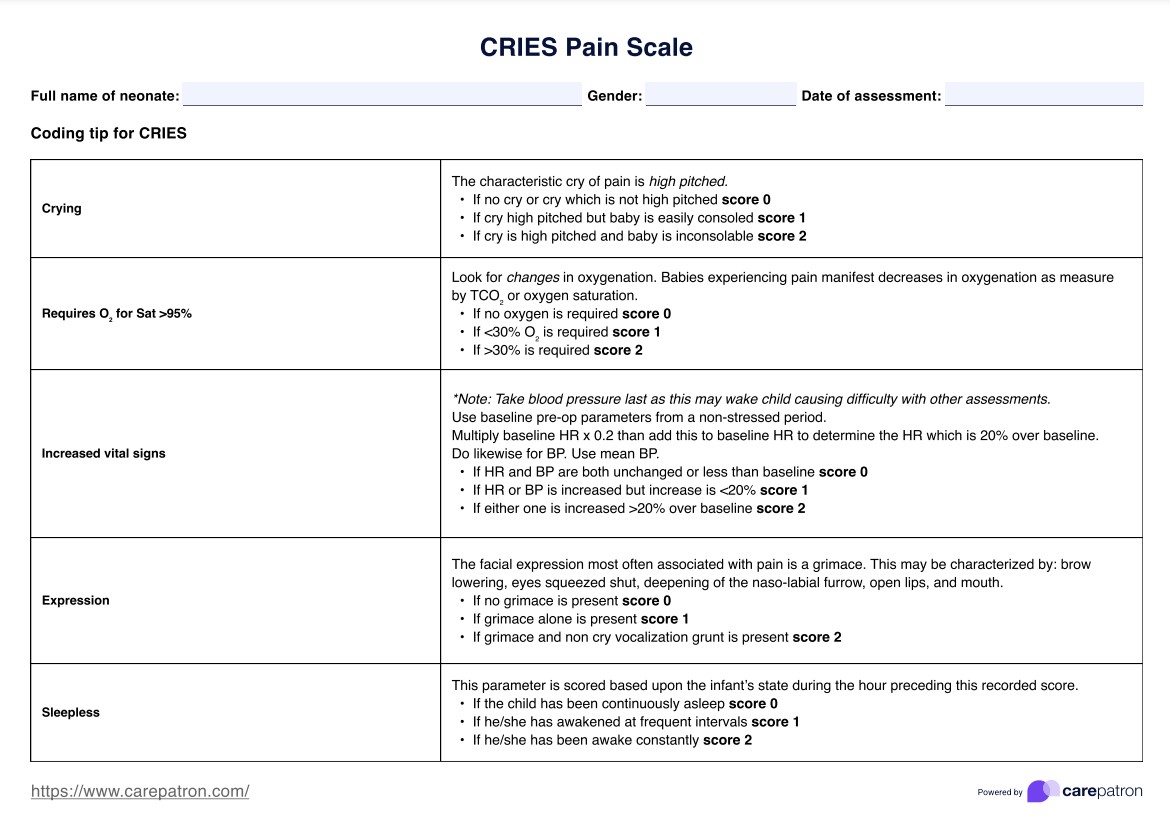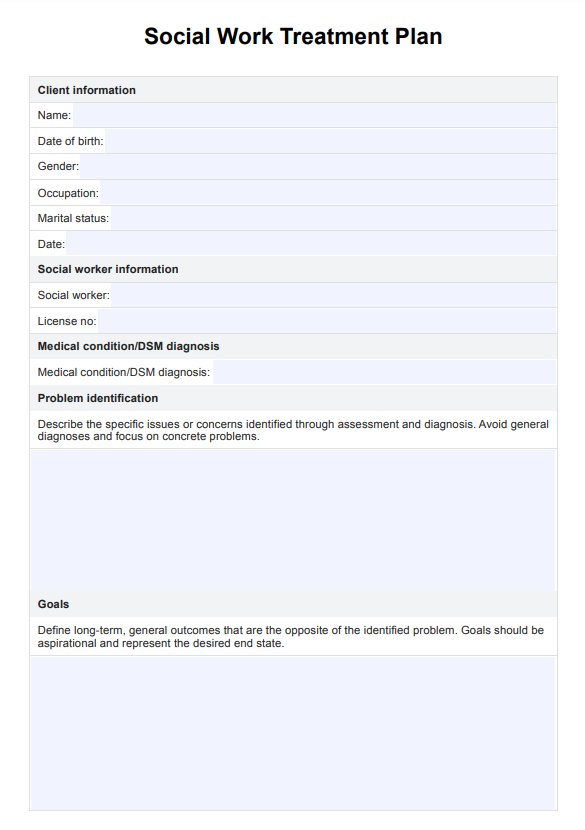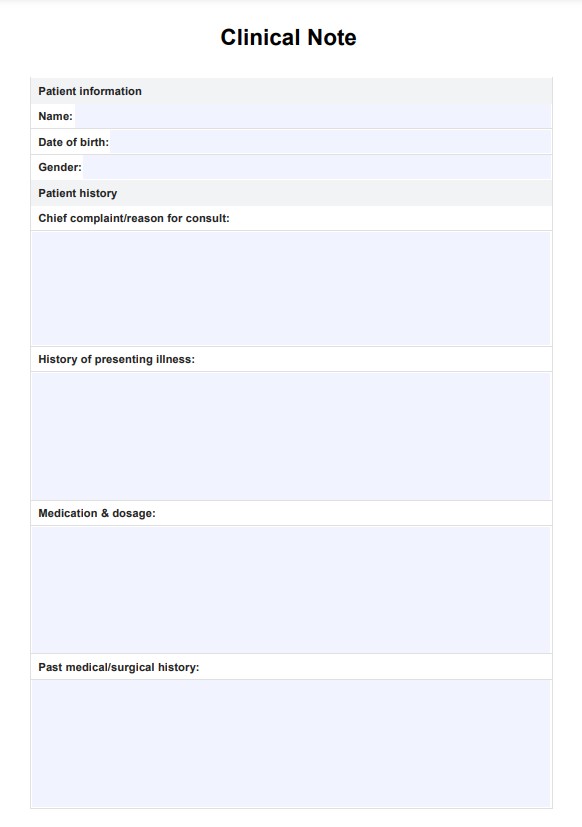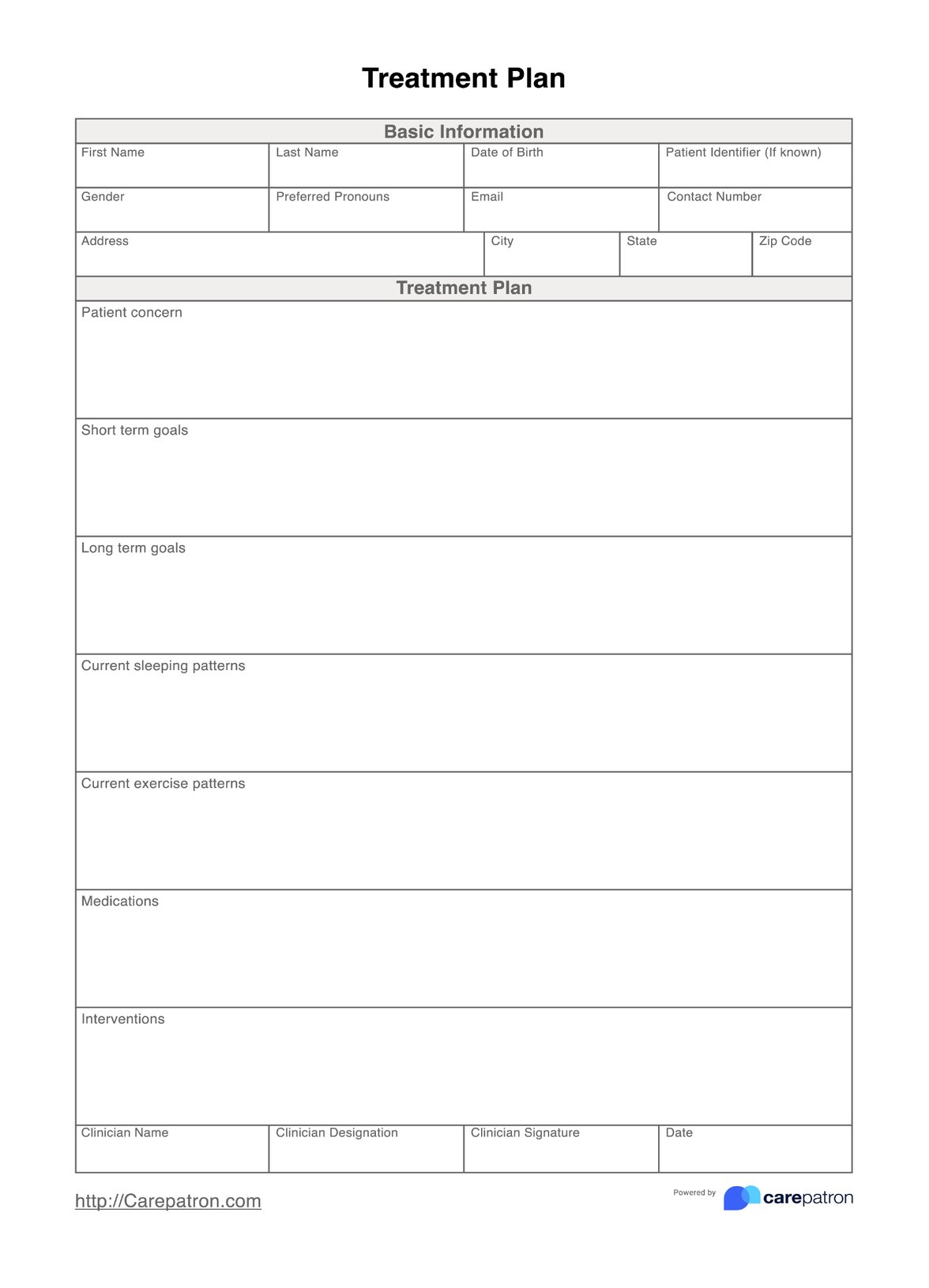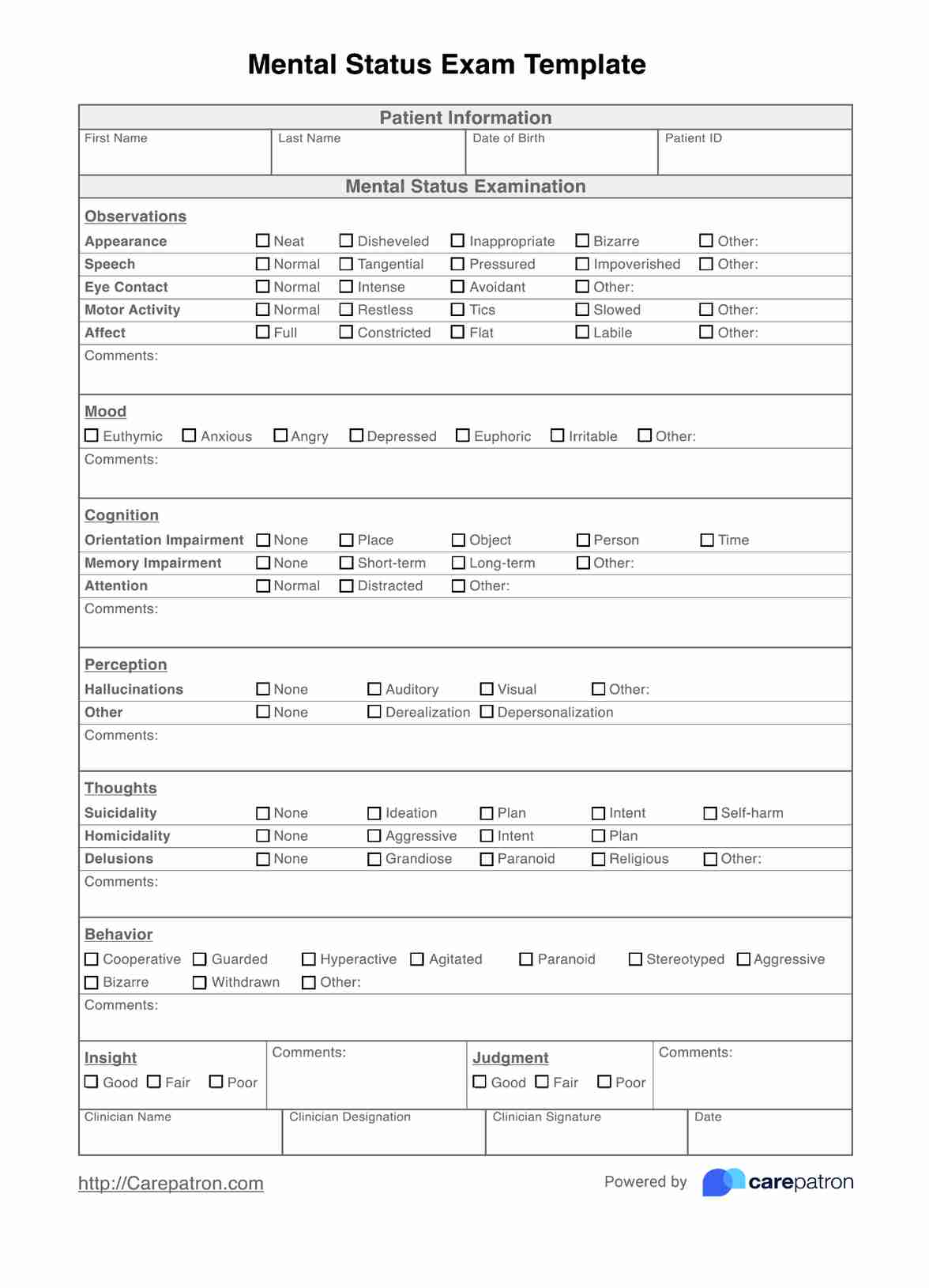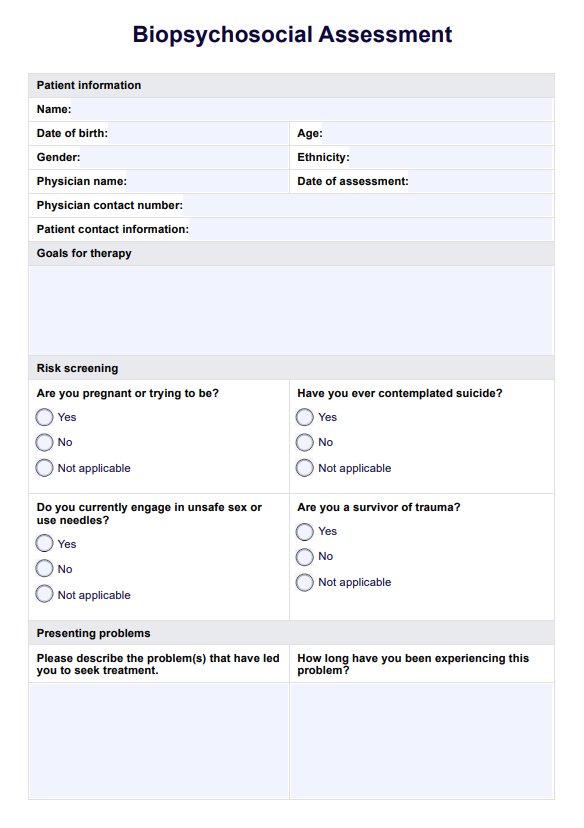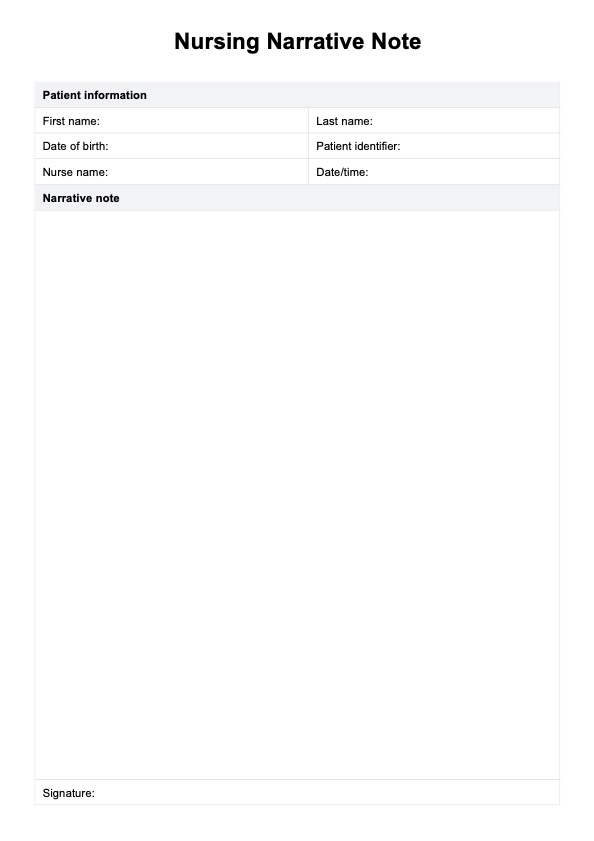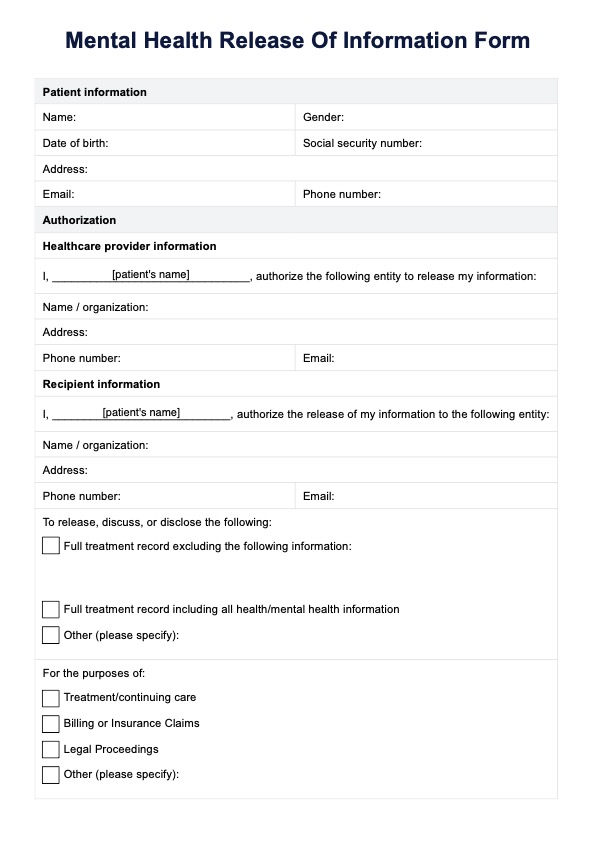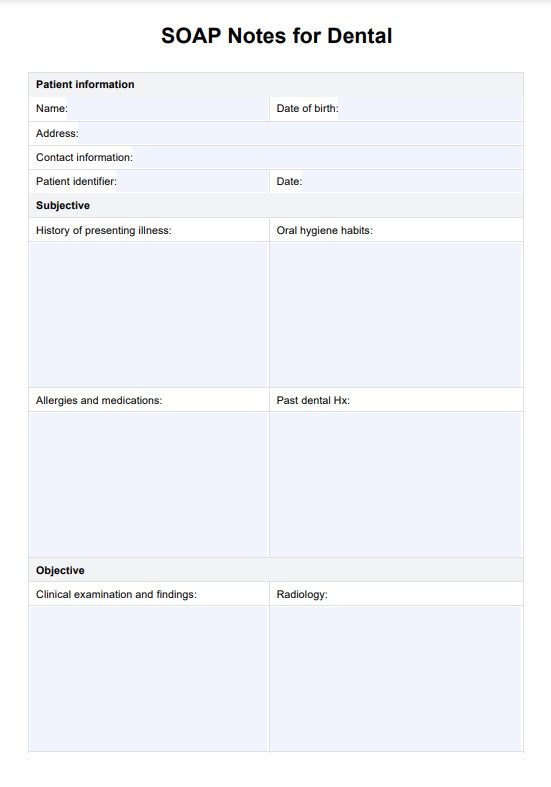Preschool Anxiety Scale (PAS)
Learn how the Preschool Anxiety Scale (PAS)works. Access the PAS template for the parent version here.


What is the Preschool Anxiety Scale?
The Preschool Anxiety Scale (PAS) is a tool designed to assess anxiety symptoms in young children aged 2 ½ and 6 ½ years, focusing on behaviors that may indicate generalized anxiety, separation anxiety, social anxiety, and other common anxiety-related disorders in early childhood. Specifically intended for parents and caregivers, the scale helps identify children who may be at risk of developing more severe anxiety conditions, such as obsessive-compulsive disorder (OCD) or post-traumatic stress disorder (PTSD).
The PAS consists of a series of questions that prompt parents or caregivers to report their child's behaviors, including fears of physical harm, separation from parents or caregivers, and social discomfort. Each response is assigned a score, which contributes to a total score that reflects the severity of the child's anxiety symptoms. High scores in subcategories like separation anxiety or social anxiety may indicate the need for further evaluation and potential clinical diagnosis.
In addition to the parent-report version, the PAS has a teacher-report version tailored to assess behaviors in the preschool setting. Teachers provide insights into the child's reactions to everyday preschool experiences, such as transitions, peer interactions, and group activities, offering a comprehensive view of the child’s anxiety in different environments.
Preschool Anxiety Scale (PAS) Template
Preschool Anxiety Scale (PAS) Example
How to use our Preschool Anxiety Scale template
Our Preschool Anxiety Scale template contains the scale's parent report version, designed to help identify anxiety symptoms in young children. To use the template effectively, follow these steps:
Step 1: Download the template
To access the Preschool Anxiety Scale parent version, click "Use template". This allows you to customize the resource via the Carepatron app. For a PDF copy, you can print and select "Download."
Step 2: Provide a copy to the child's parent or caregiver
Distribute the Preschool Anxiety Scale (parent-report version to the child's parent or caregiver. Ensure that they understand the purpose of the template, which is to assess the child's behavior and identify signs of anxiety.
Step 3: Complete the template
Ask the parent or caregiver to carefully read each question in the template. The questions are designed to assess various anxiety-related behaviors, such as fears of separation, social discomfort, or physical harm. The caregiver should select the response that most accurately reflects the frequency or intensity of each behavior observed in the child. Responses typically include options such as “Not at all,” “Sometimes,” or “Frequently.”
Step 4: Score the responses
Once all the questions have been answered, tally the scores based on the parent or caregiver’s responses. Use the scoring guide provided in the template to get both the total score and subscale scores.
Scoring and interpretation
This assessment involves both total and subscale scores, which are used to evaluate the severity of anxiety symptoms in preschool-aged children.
Total score
The scoring system for this assessment is as follows:
- Not true at all = 0
- Seldom true = 1
- Sometimes true = 2
- Quite often true = 3
- Very often true = 4
This results in a maximum possible score of 112.
Question 29 is an open-ended item regarding the child's experience of a traumatic event and is not factored into the score. Following Question 29, there are five items related to the child's post-traumatic stress reactions. These are for clinical interest only and do not contribute to the overall score.
Subscale scores
Subscale scores are calculated by adding the individual item scores for each specific set of items as follows:
- Obsessive-compulsive disorder: Sum of items 3, 9, 18, 21, and 27
- Social anxiety: Sum of items 2, 5, 11, 15, 19, and 23
- Separation anxiety: Sum of items 6, 12, 16, 22, and 25
- Physical injury fears: Sum of items 7, 10, 13, 17, 20, 24, and 26
- Generalized anxiety: Sum of items 1, 4, 8, 14, and 28
The total score and subscale scores provide insights into the severity of anxiety symptoms. Elevated scores may indicate the need for further assessment or intervention.
Next steps after using the Preschool Anxiety Scale
Once the Preschool Anxiety Scale has been administered, the next steps involve analyzing the results and planning appropriate interventions.
Interpret the scores
Review the total and subscale scores to determine if the child exhibits behavior indicative of elevated anxiety symptoms. High scores in specific subscales, such as separation anxiety or social anxiety, may highlight areas requiring targeted support.
Discuss findings with parents
Share the results with the child’s parents or caregivers. Provide insights into the identified symptoms, such as fears, post-traumatic stress reactions, or generalized anxiety, and explain what the scores suggest about the child’s emotional state.
Recommend early intervention
If the results suggest significant anxiety symptoms, propose next steps like counseling, therapy, or tailored coping strategies. Collaboration with parents is essential to design a plan addressing the child’s needs.
Monitor progress
Use the PAS periodically to track changes in anxiety symptoms and assess the effectiveness of interventions. This ongoing evaluation helps refine approaches and ensures the child receives the best possible care.
सामान्य रूप से पूछे जाने वाले प्रश्न
The 3-3-3 rule helps children focus by naming three things they see, three sounds they hear, and moving three parts of their body.
The Preschool Anxiety Scale (PAS) is designed for children aged 2 ½ and 6 ½ years.
The age range for the Preschool Anxiety Scale (PAS) is 2 ½ and 6 ½ years.


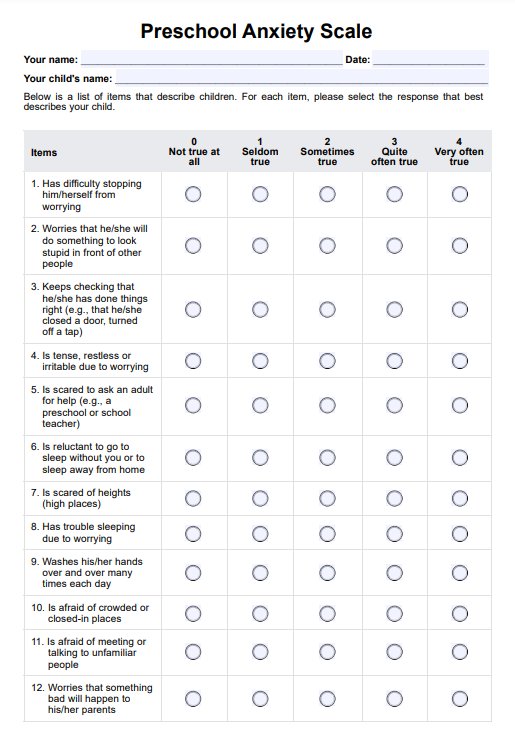
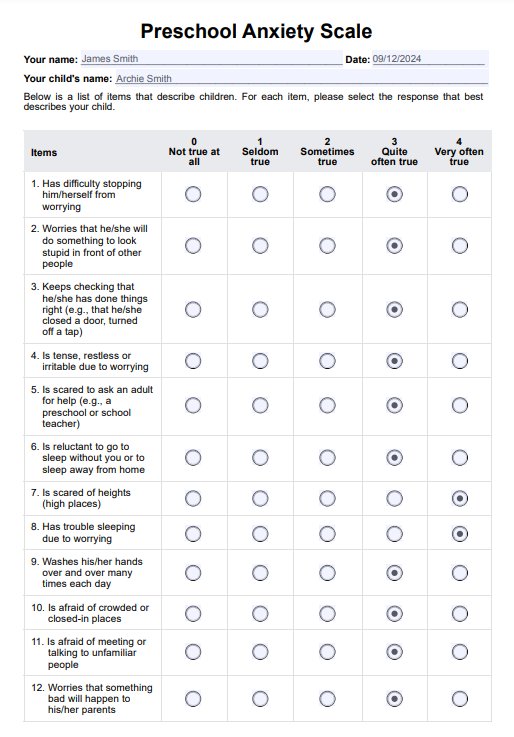

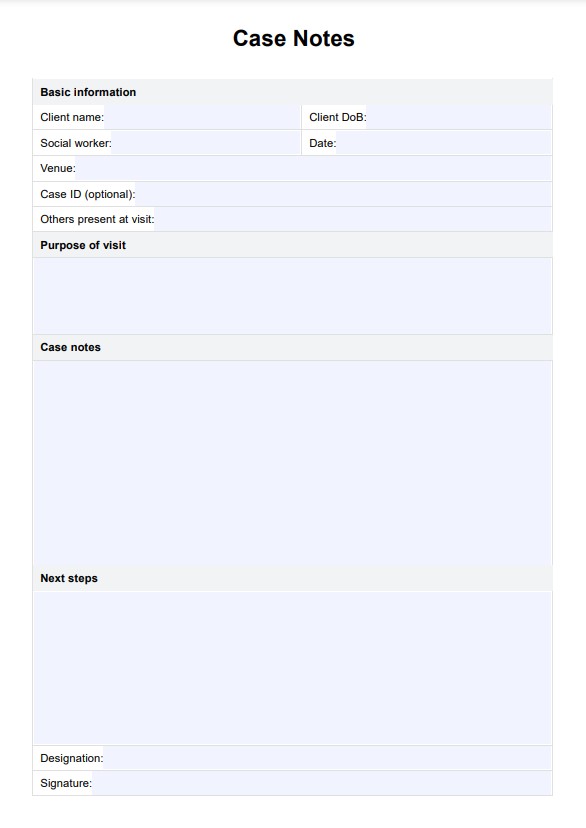
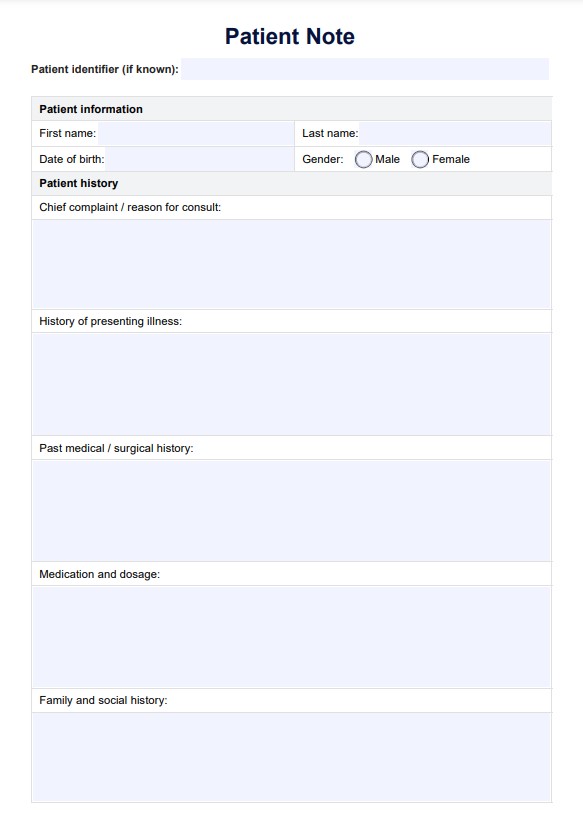
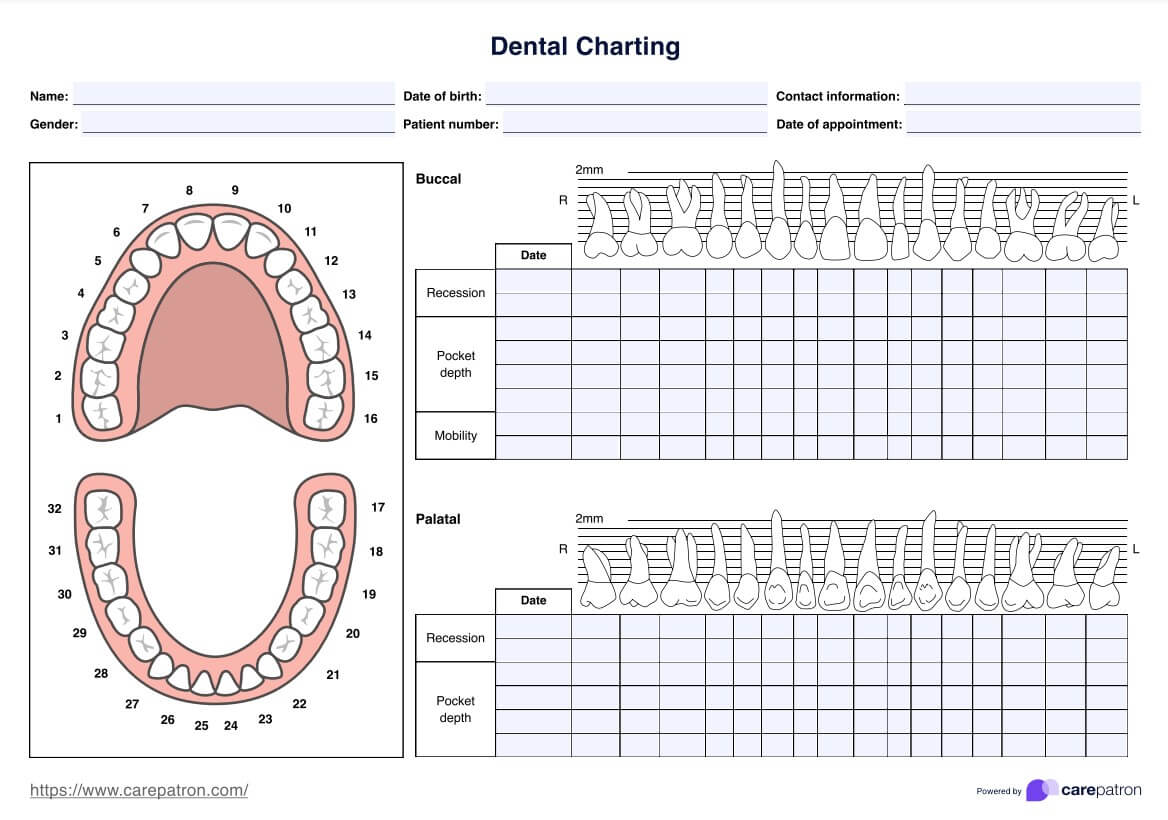
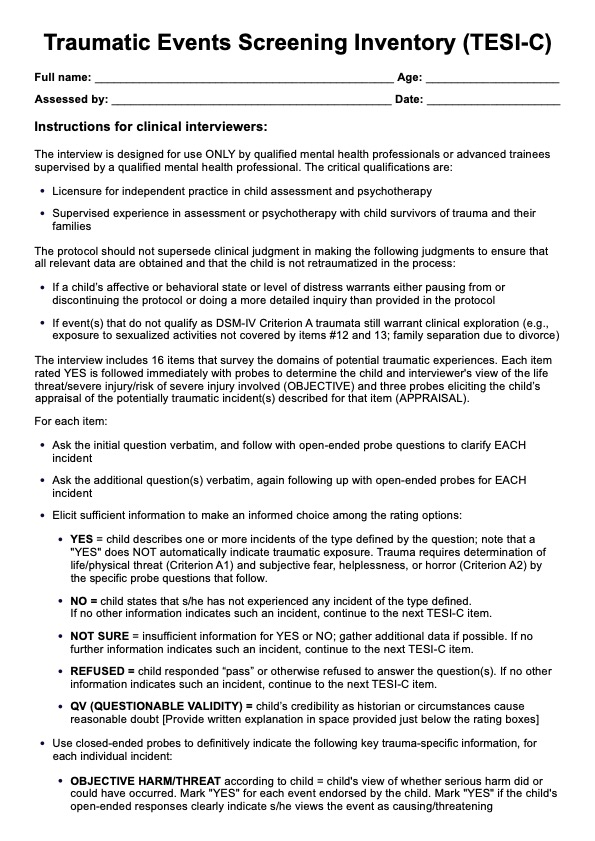
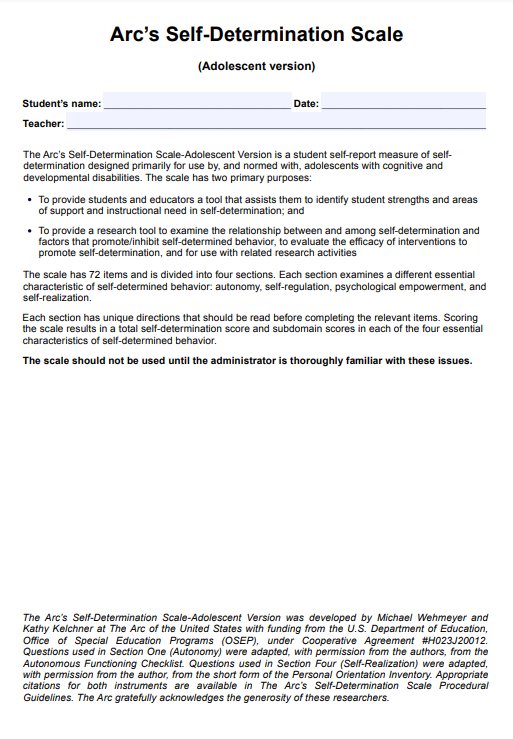
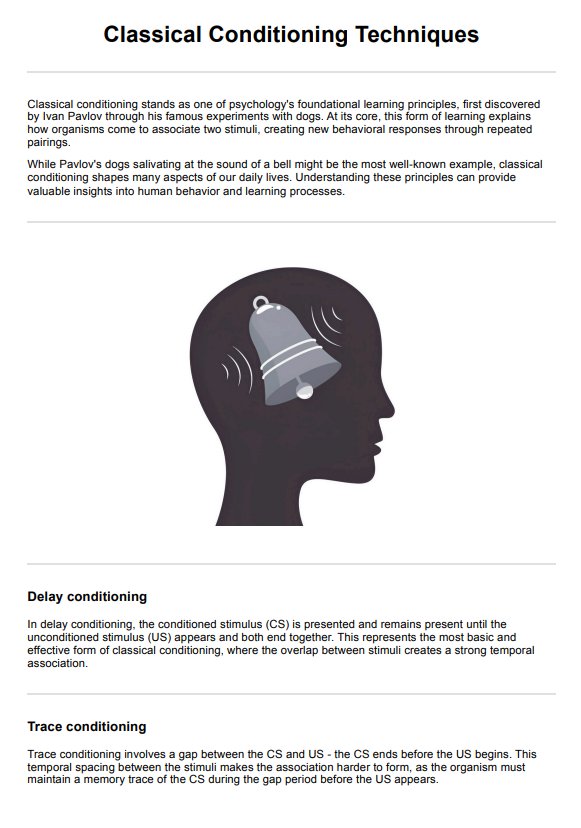
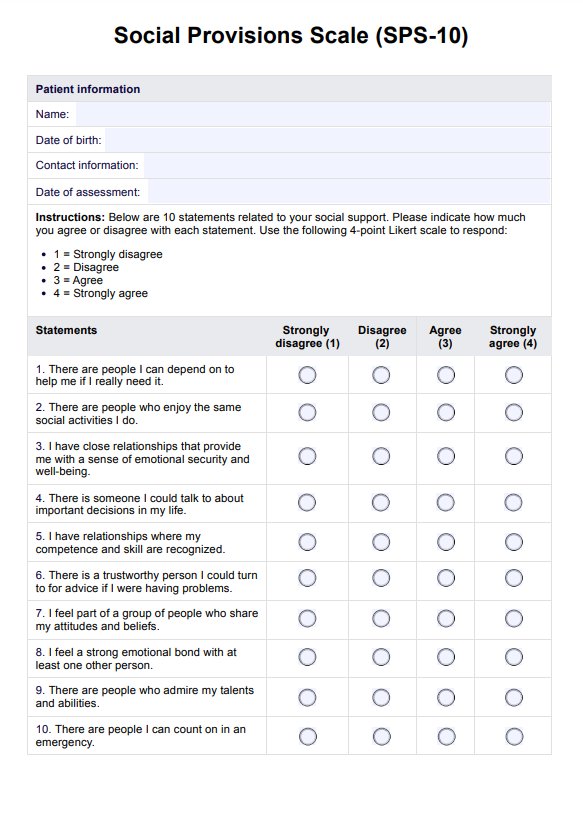

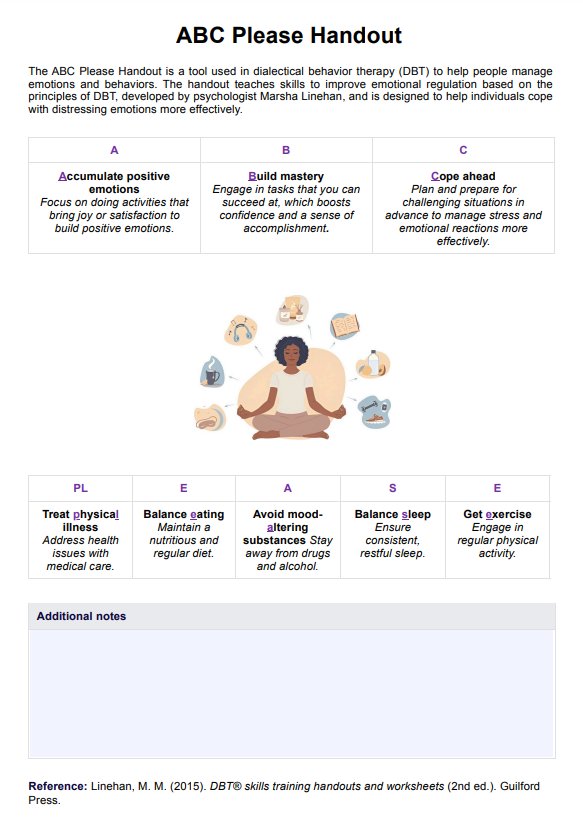
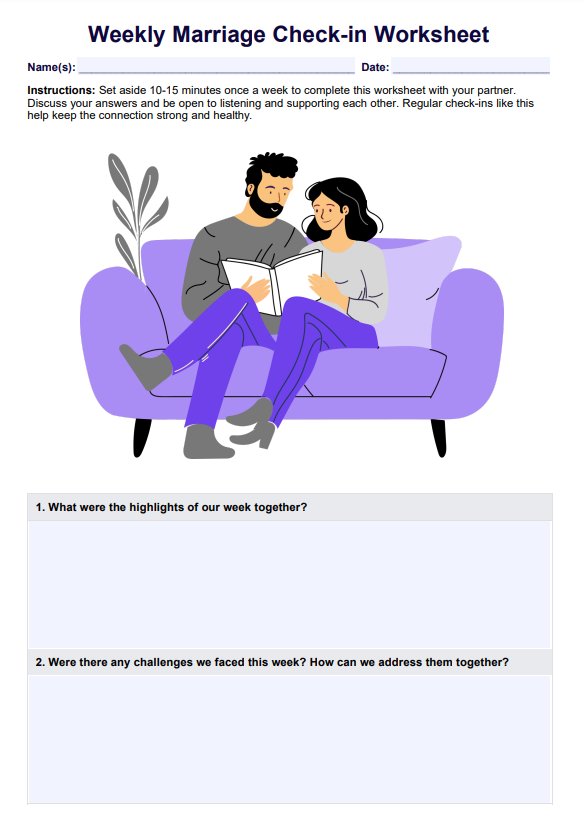
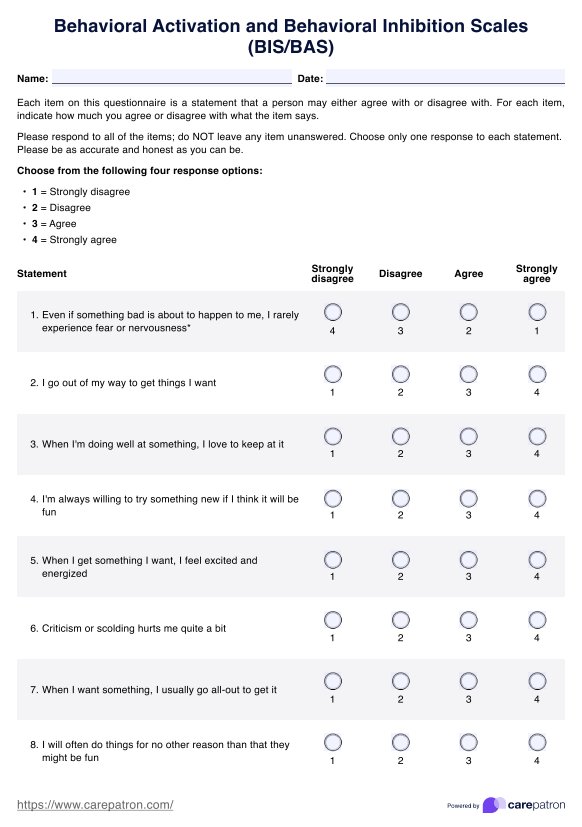
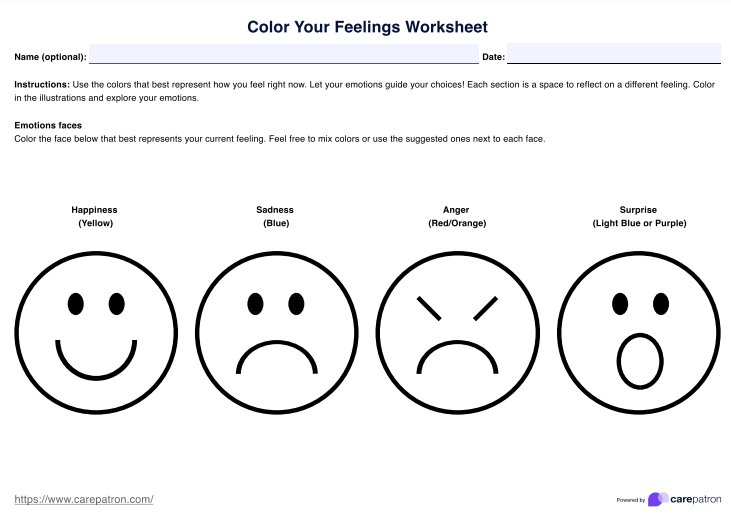
-template.jpg)
